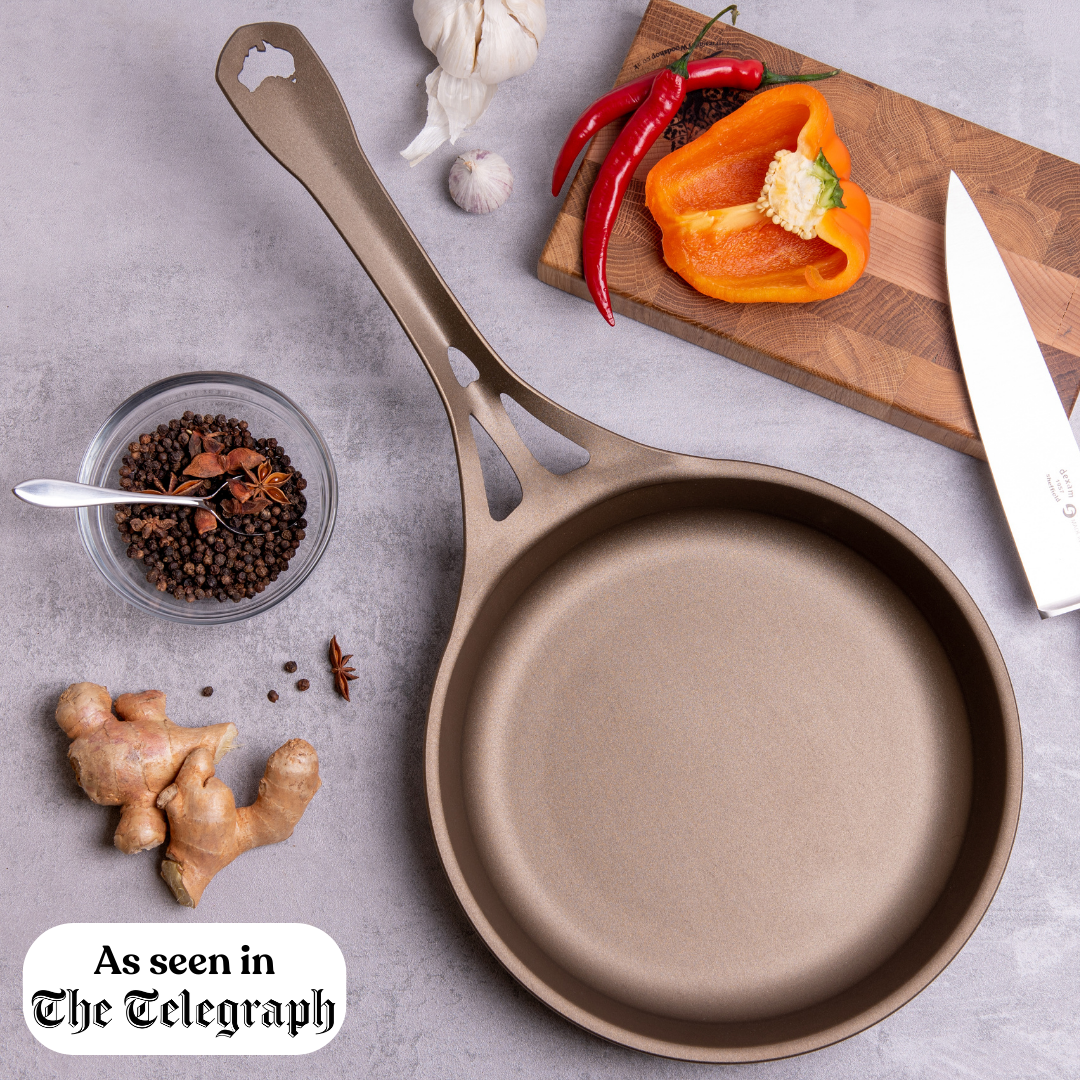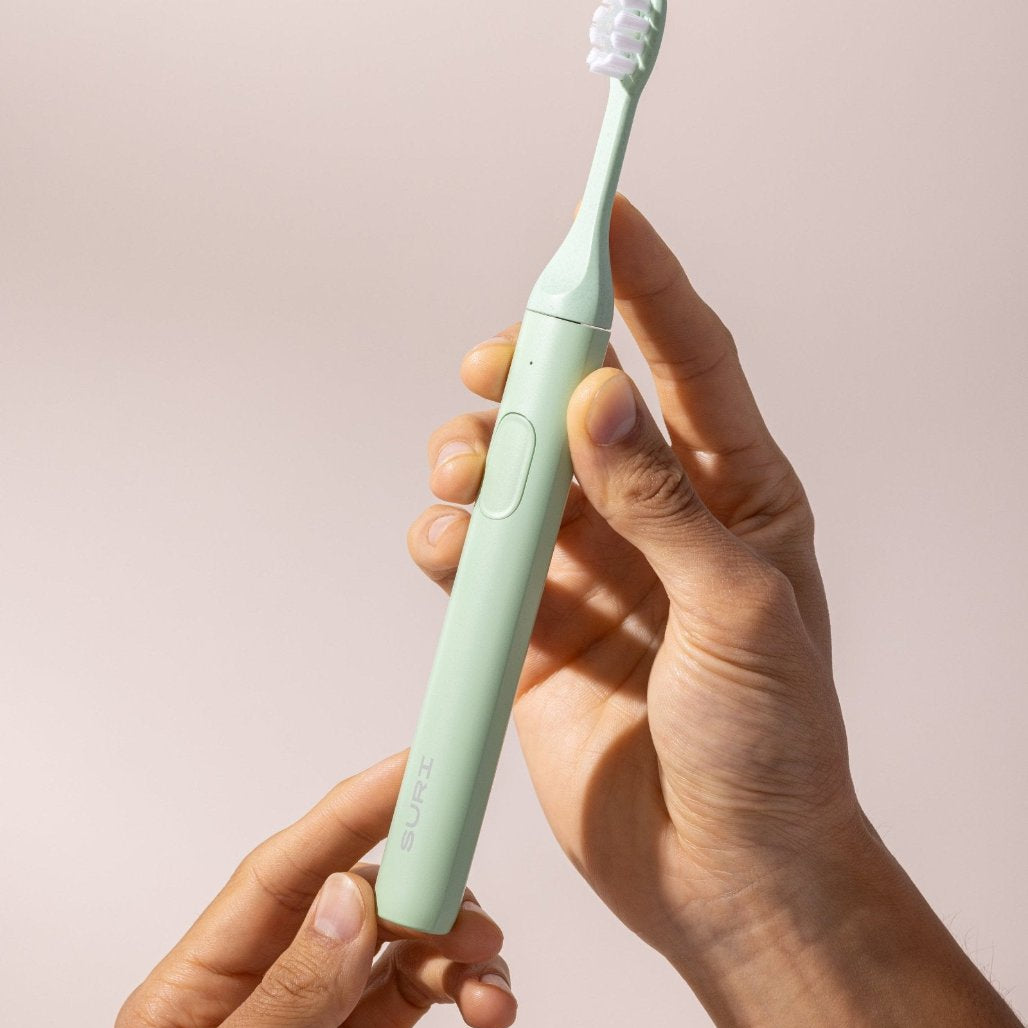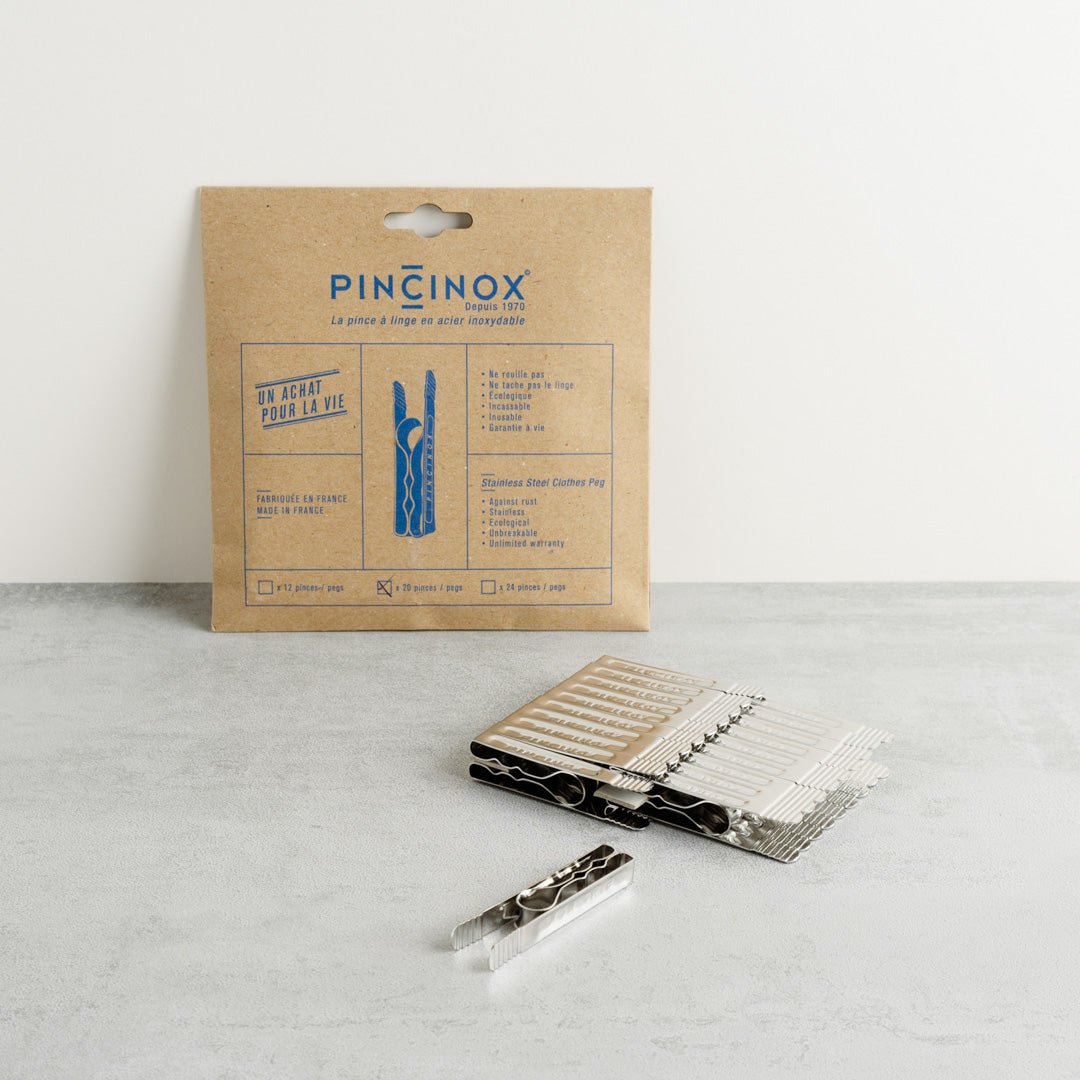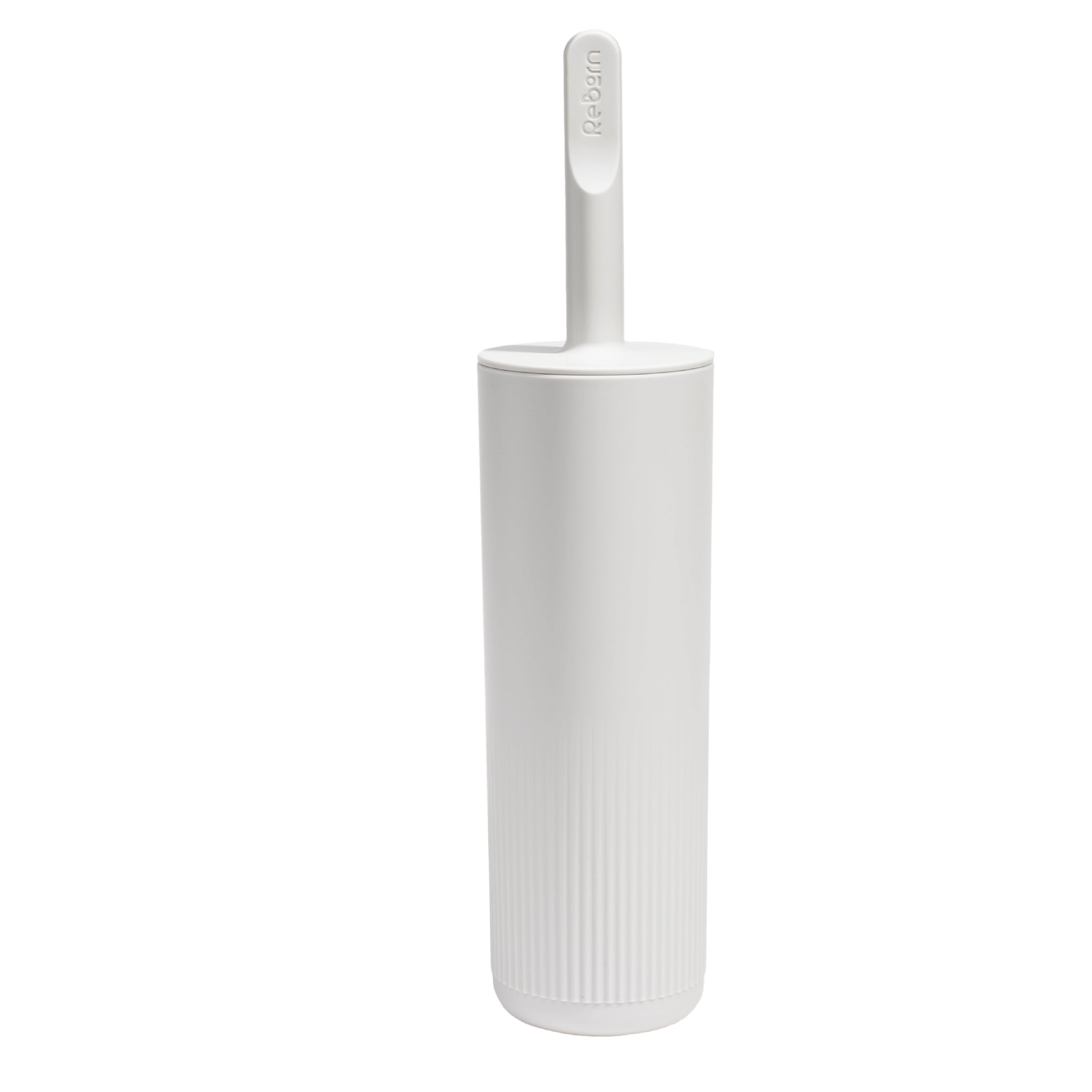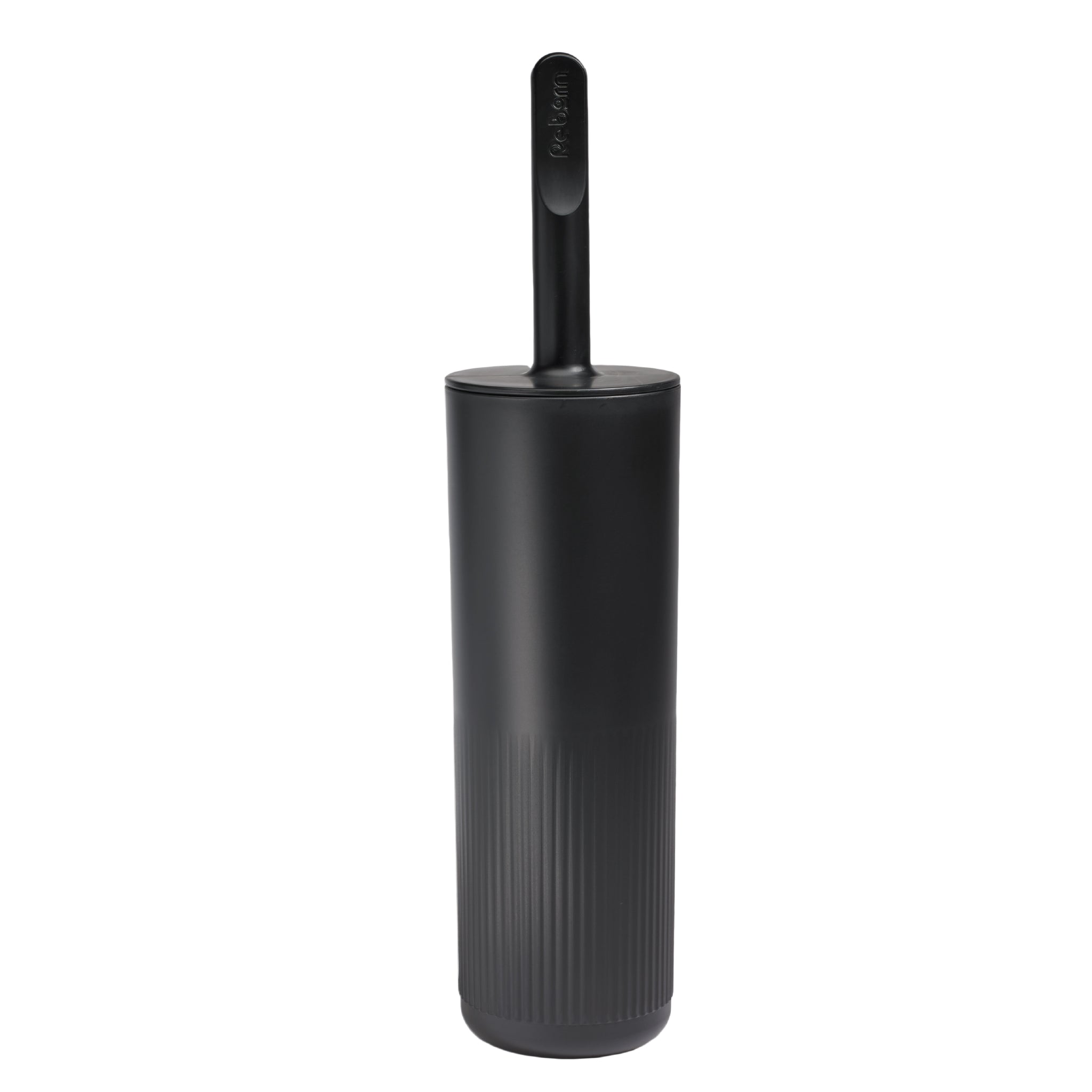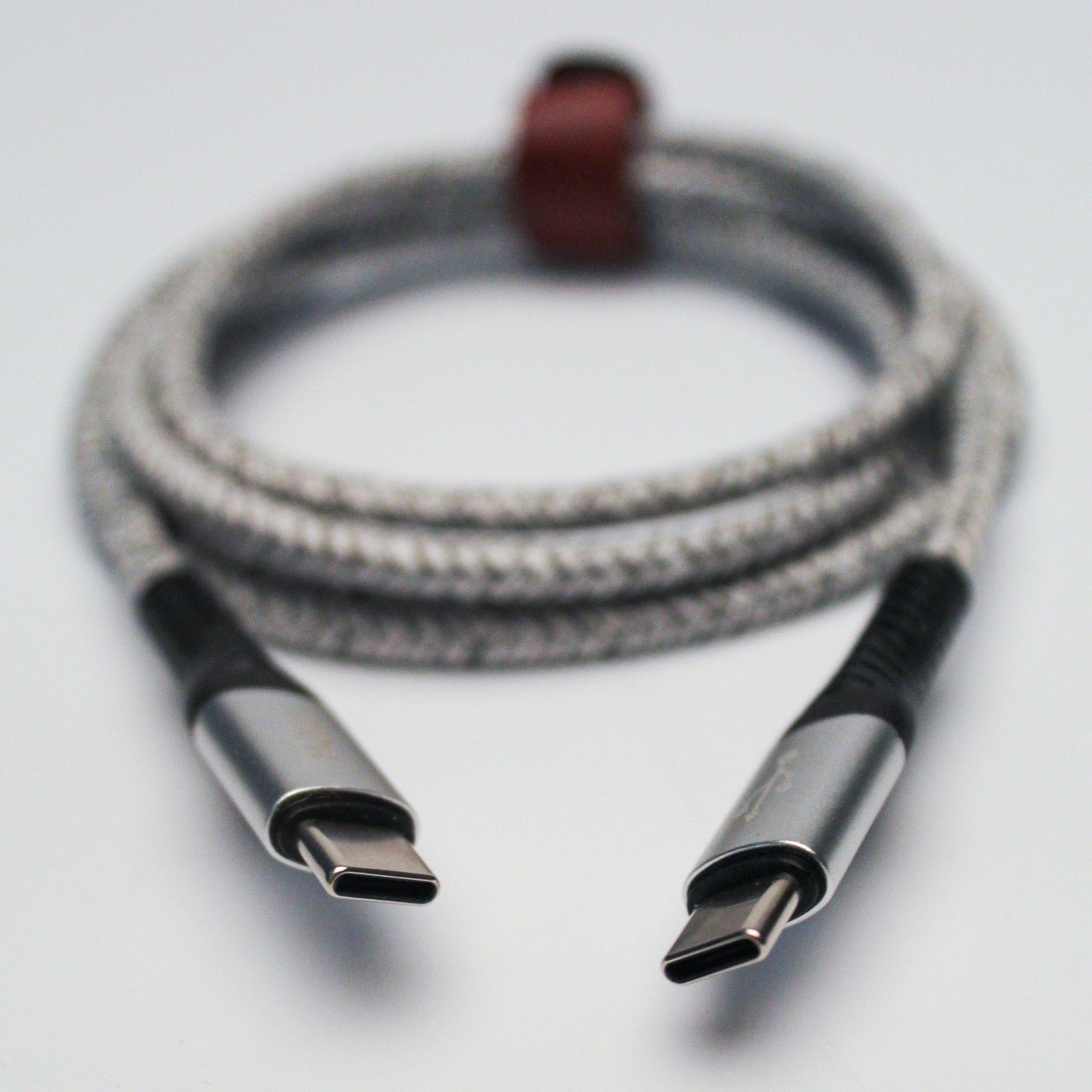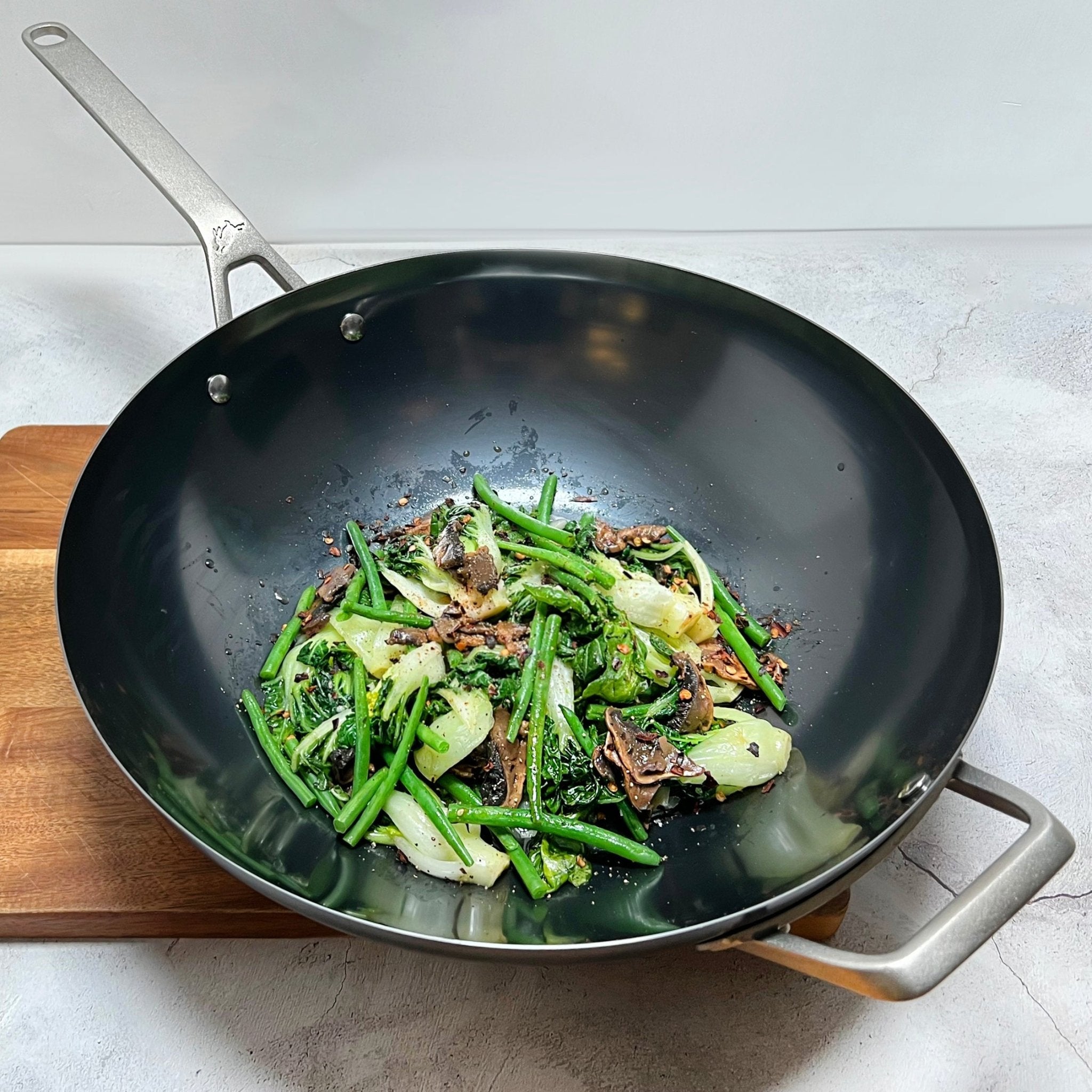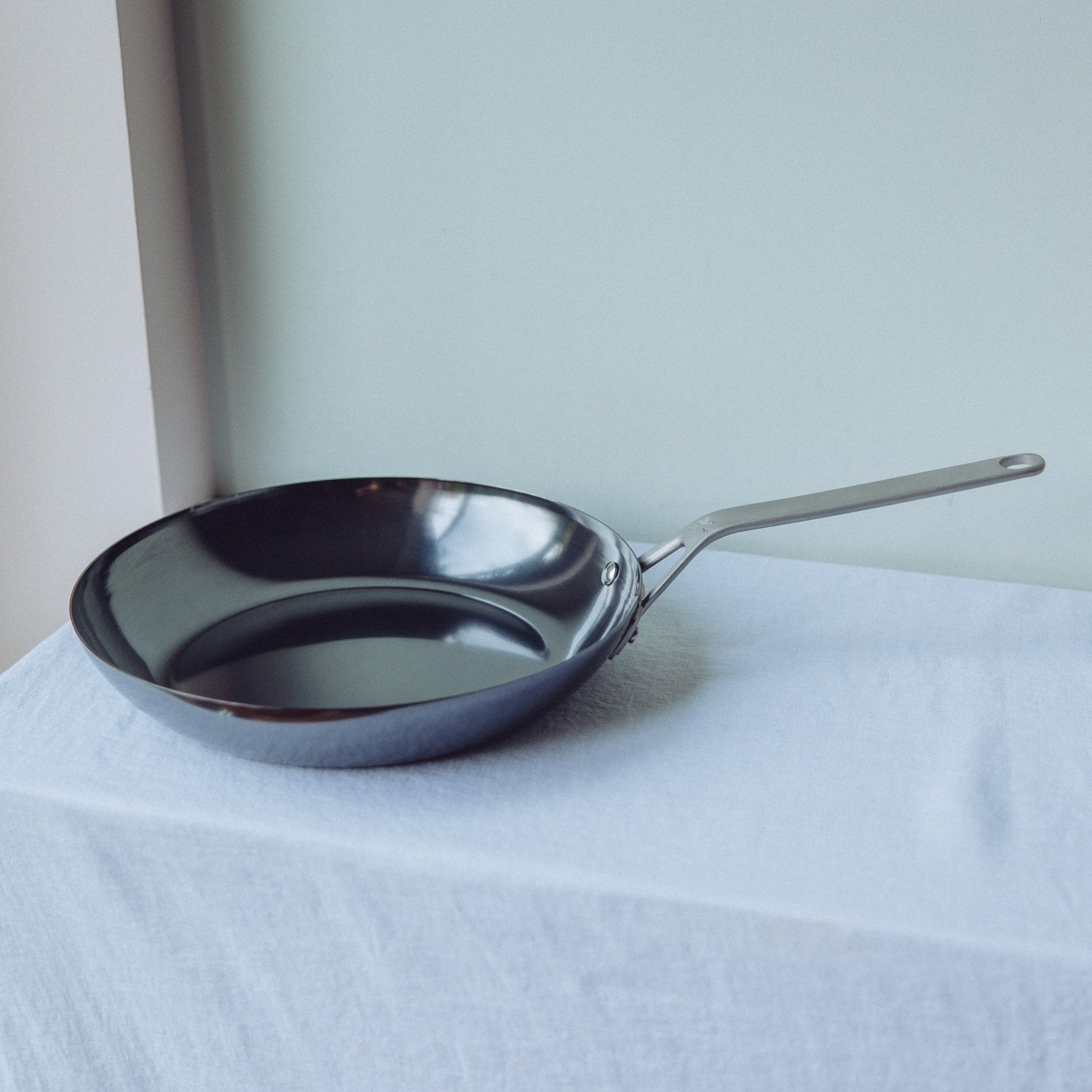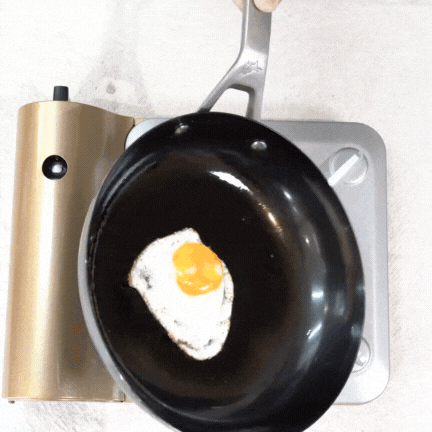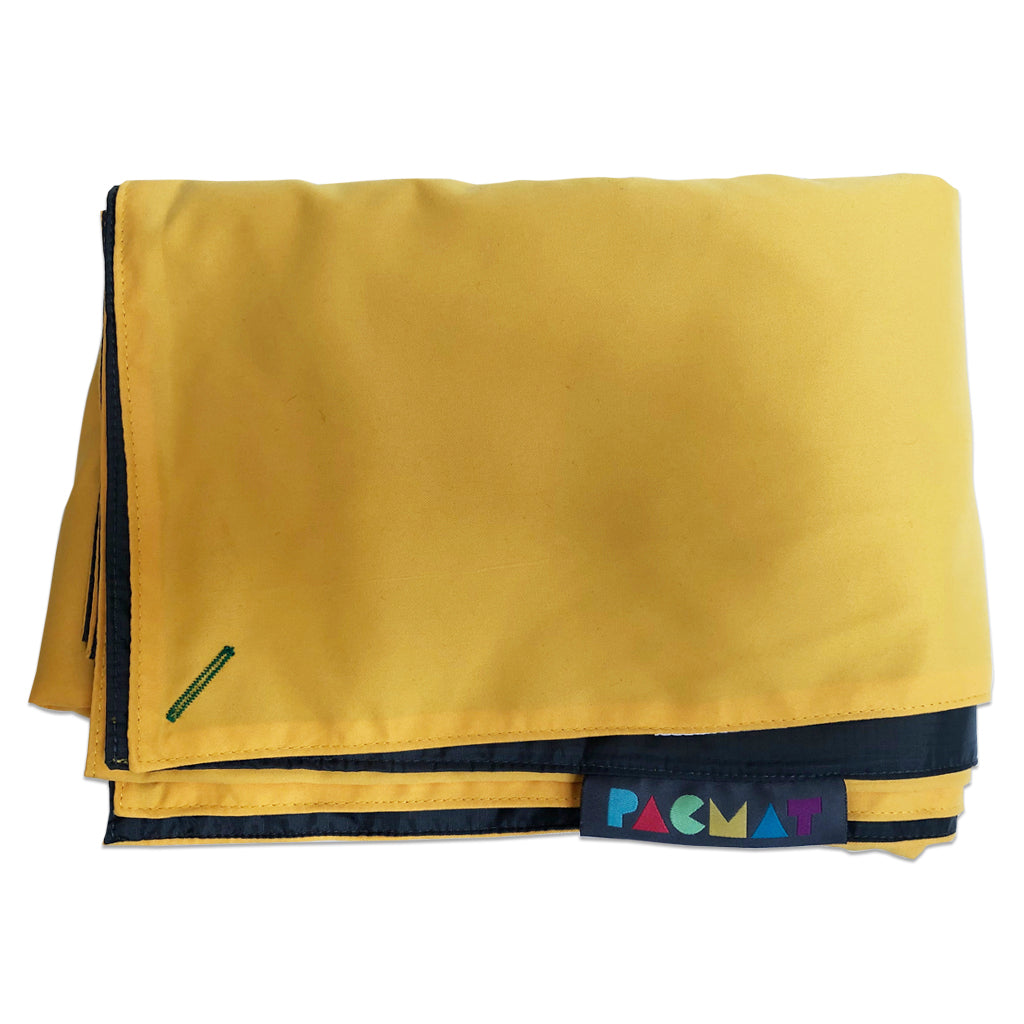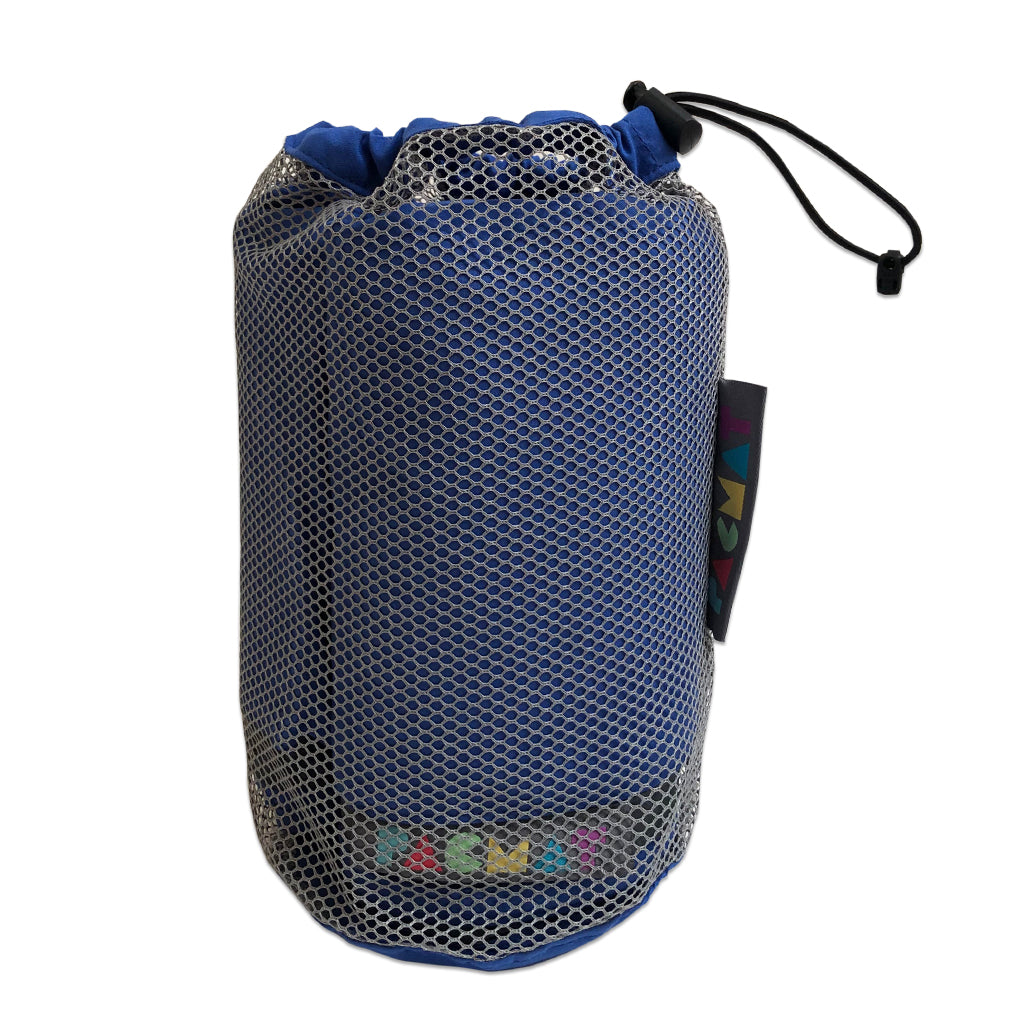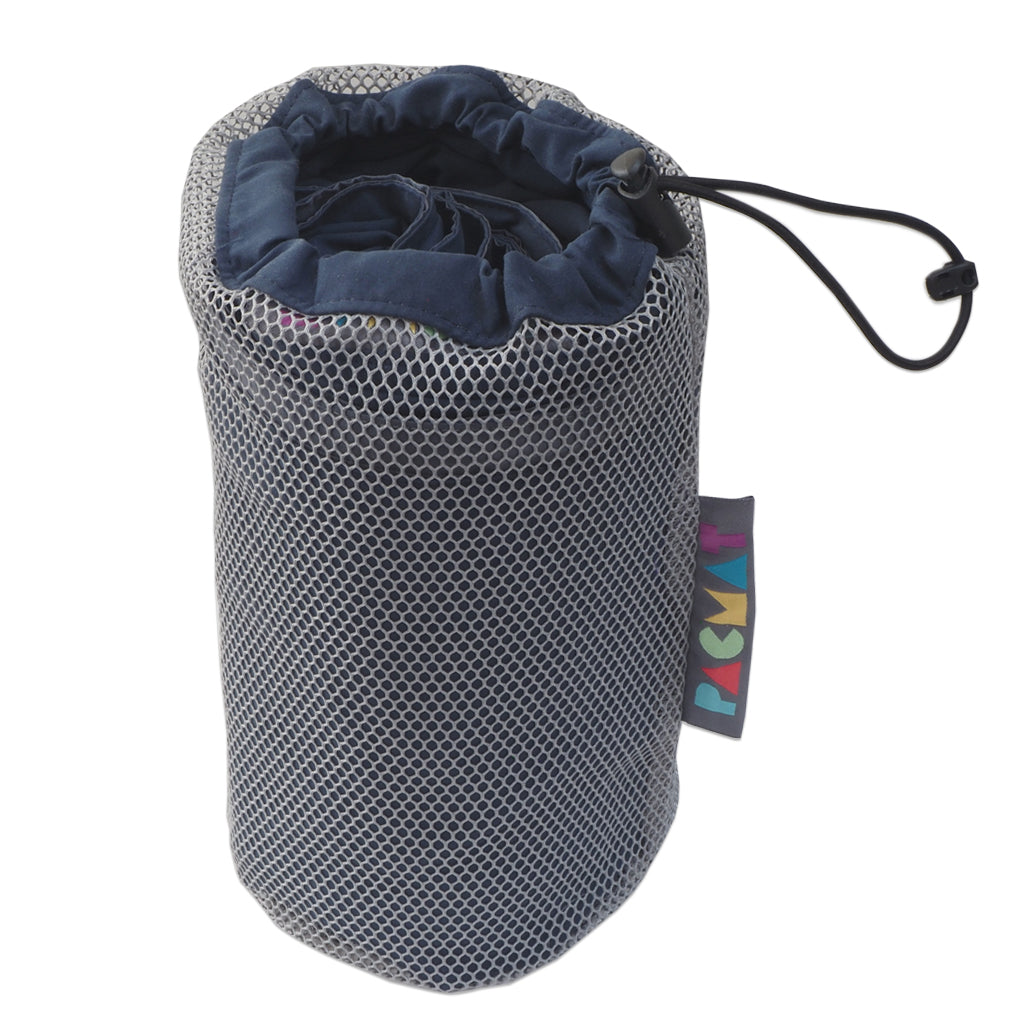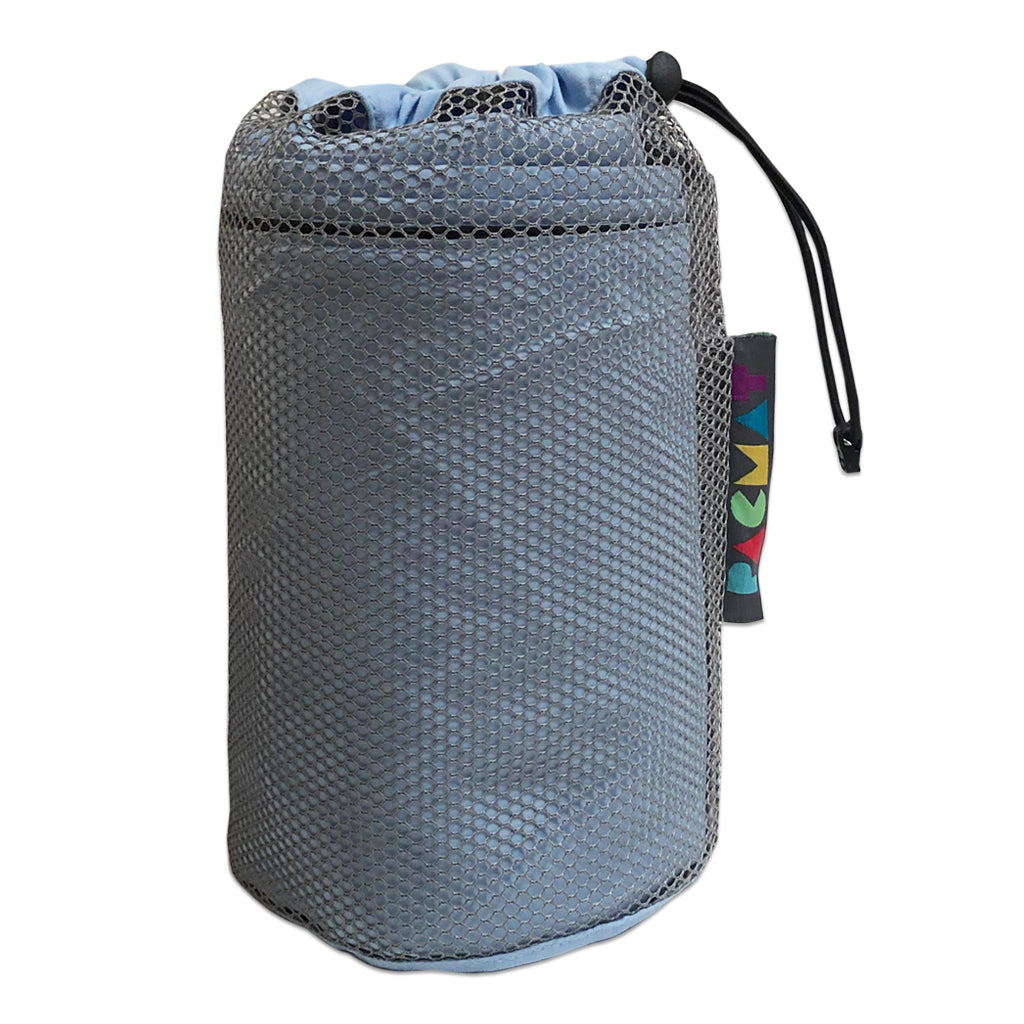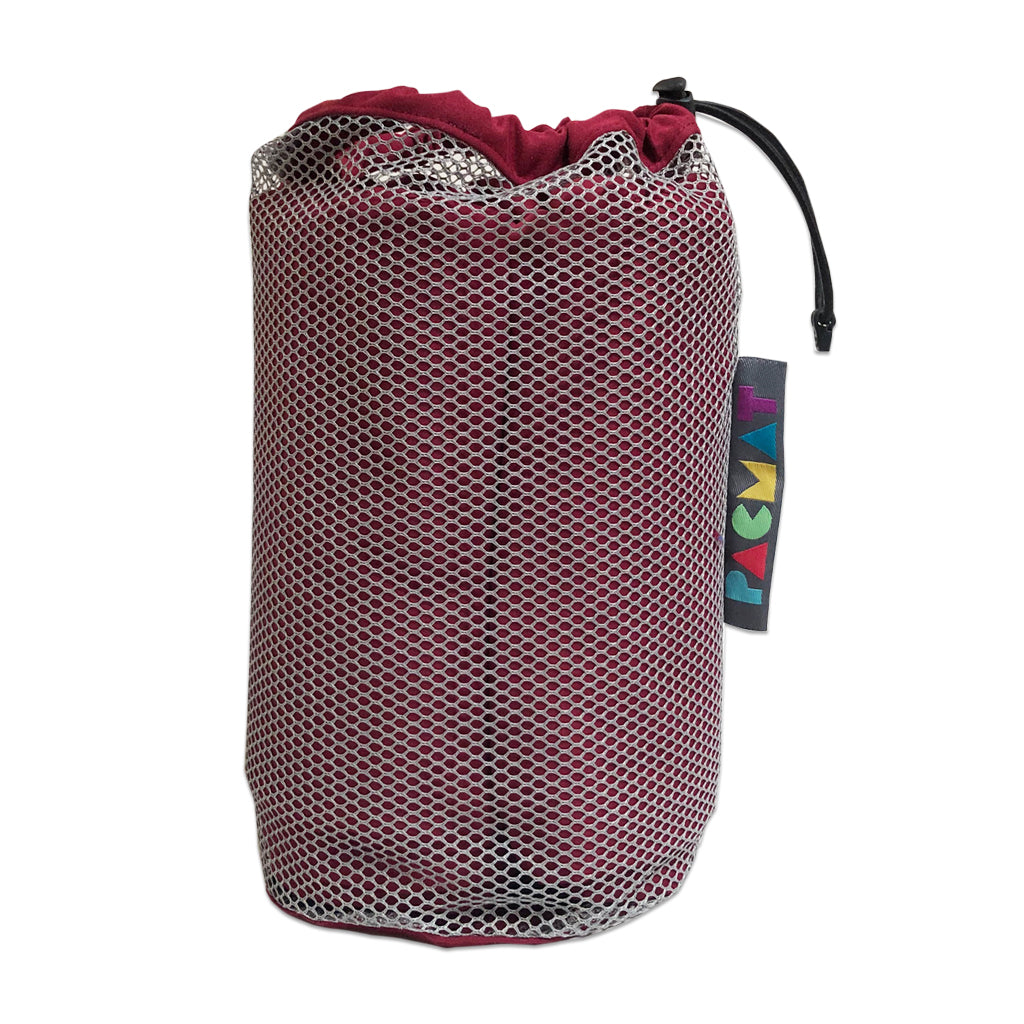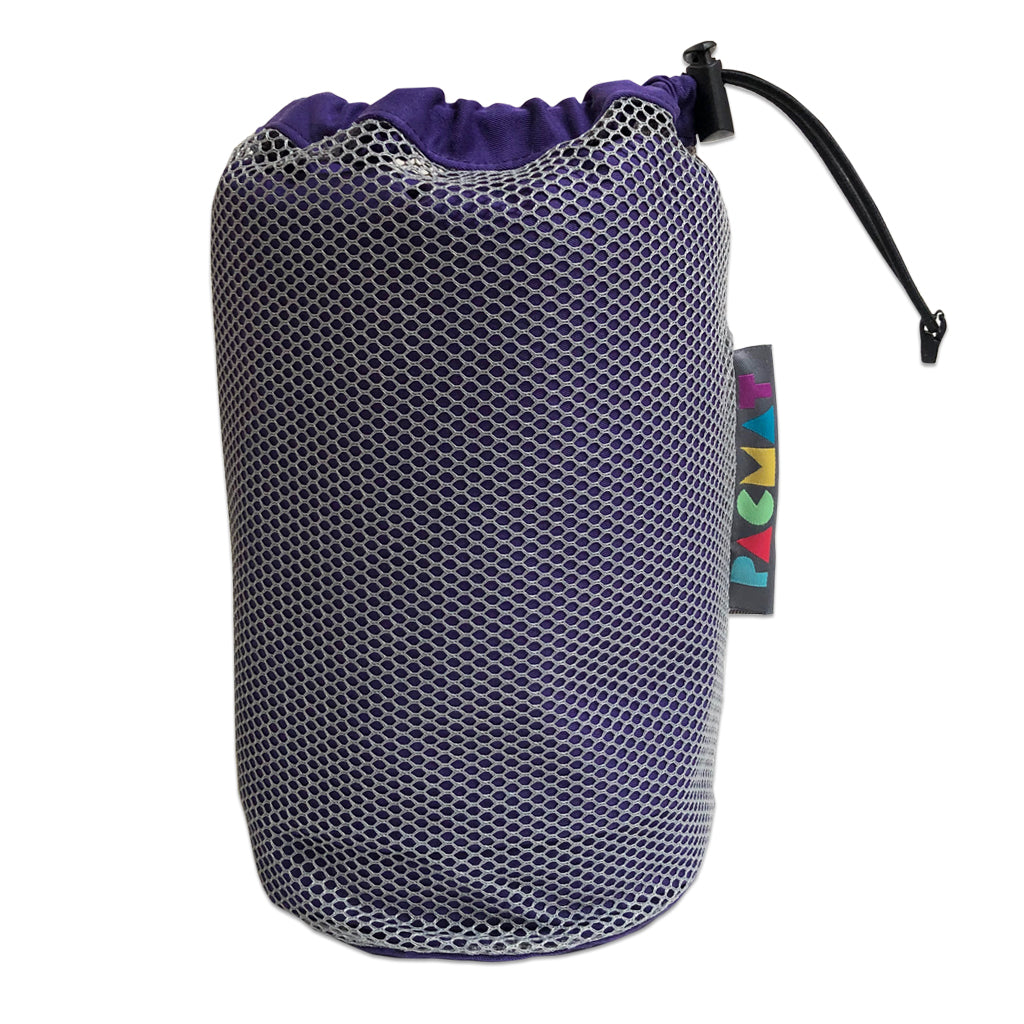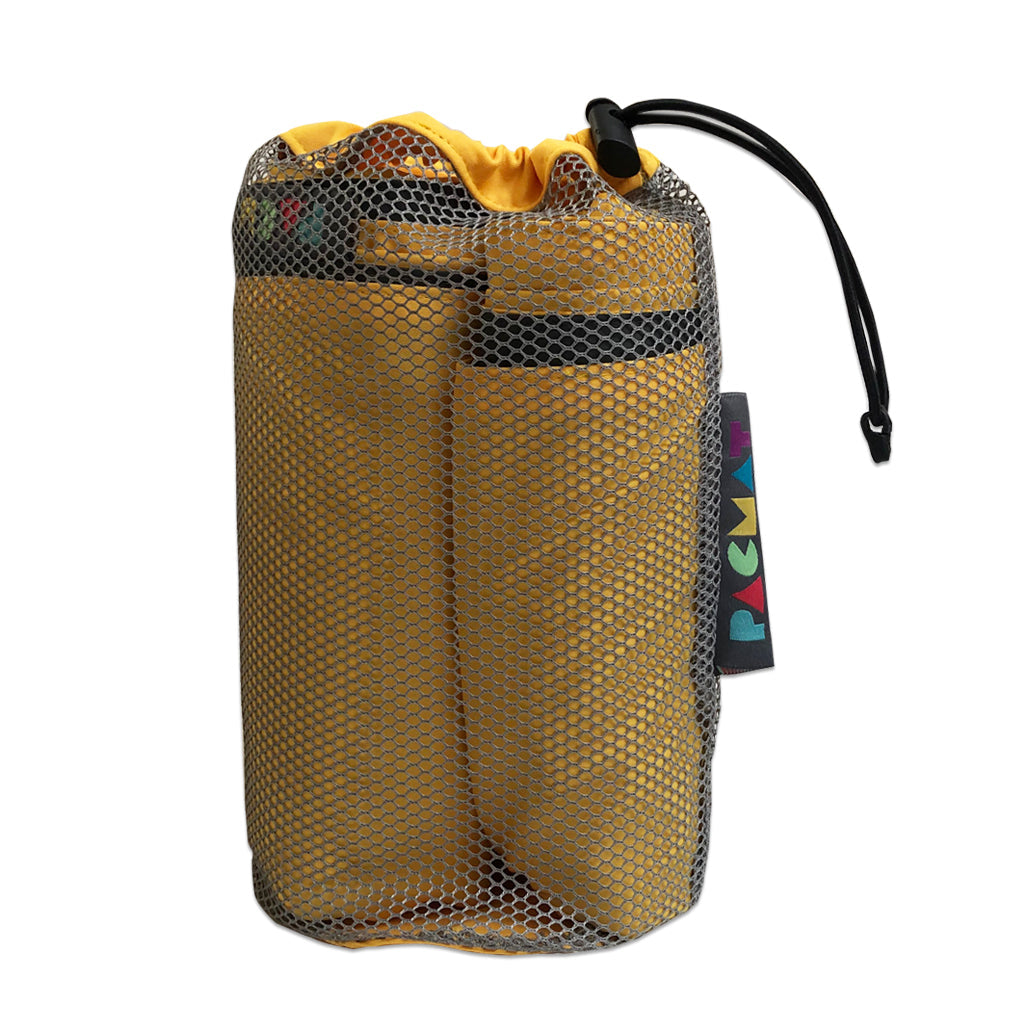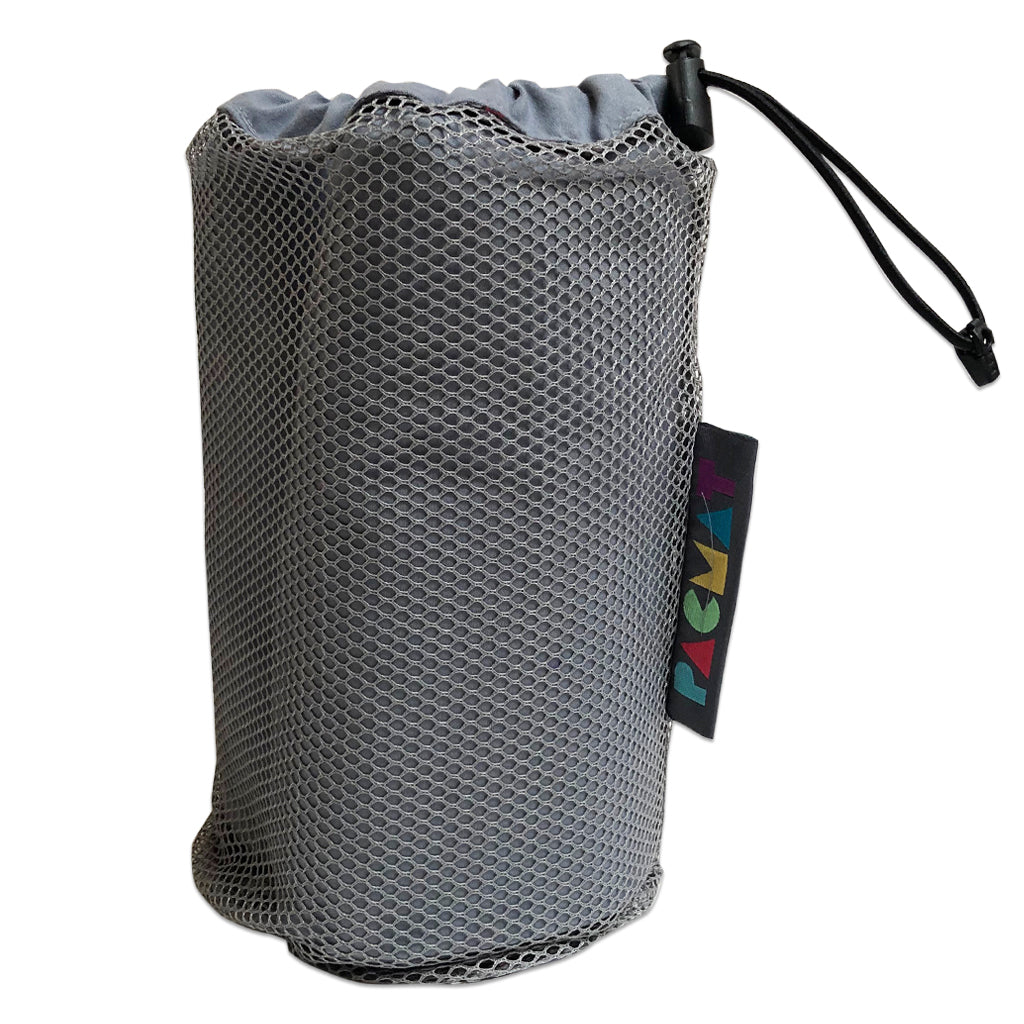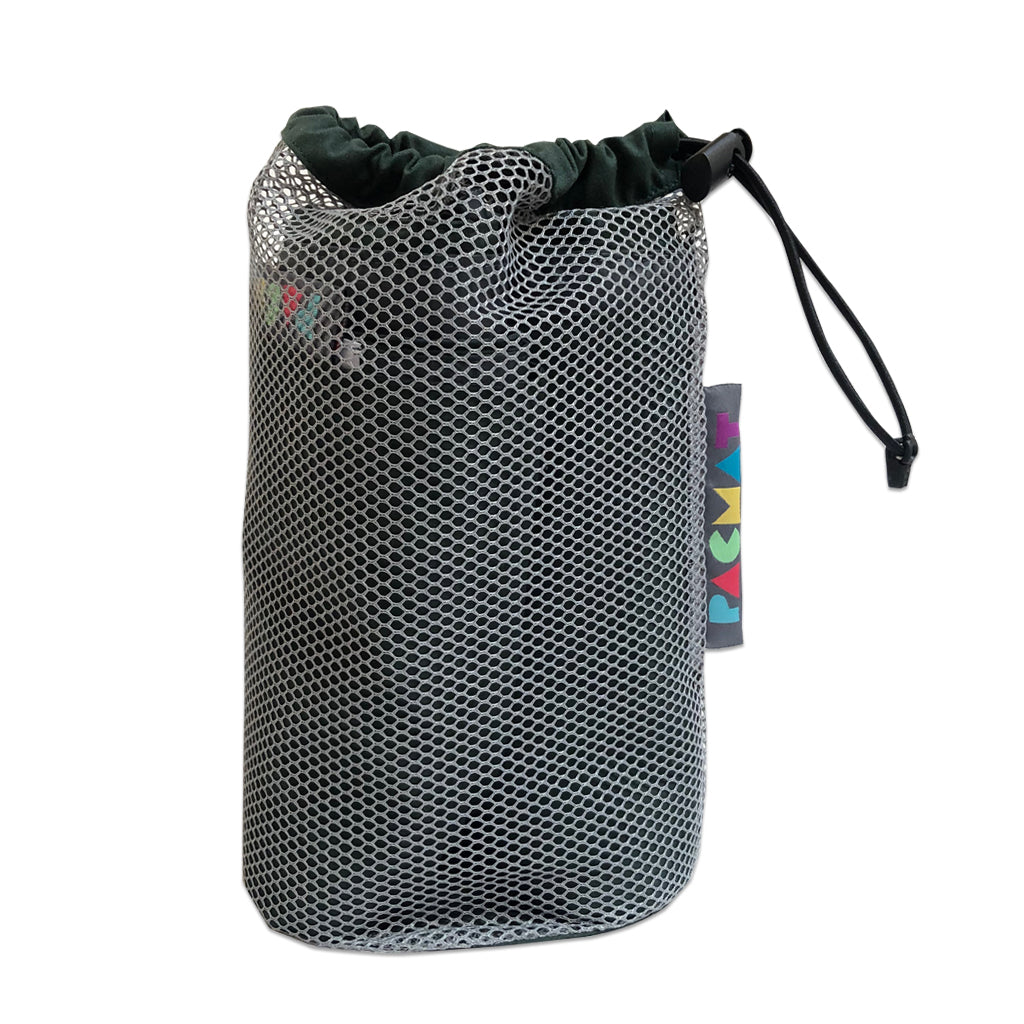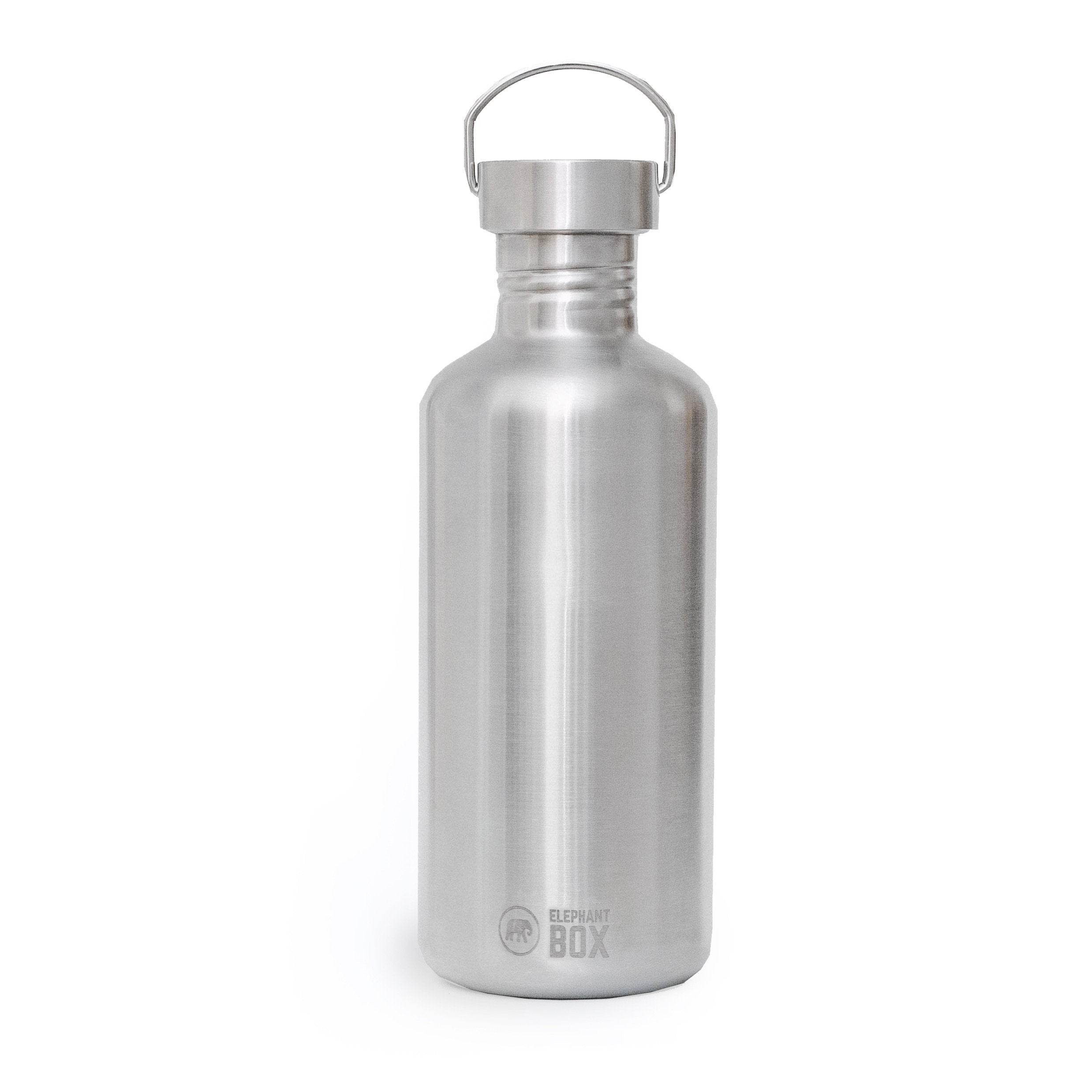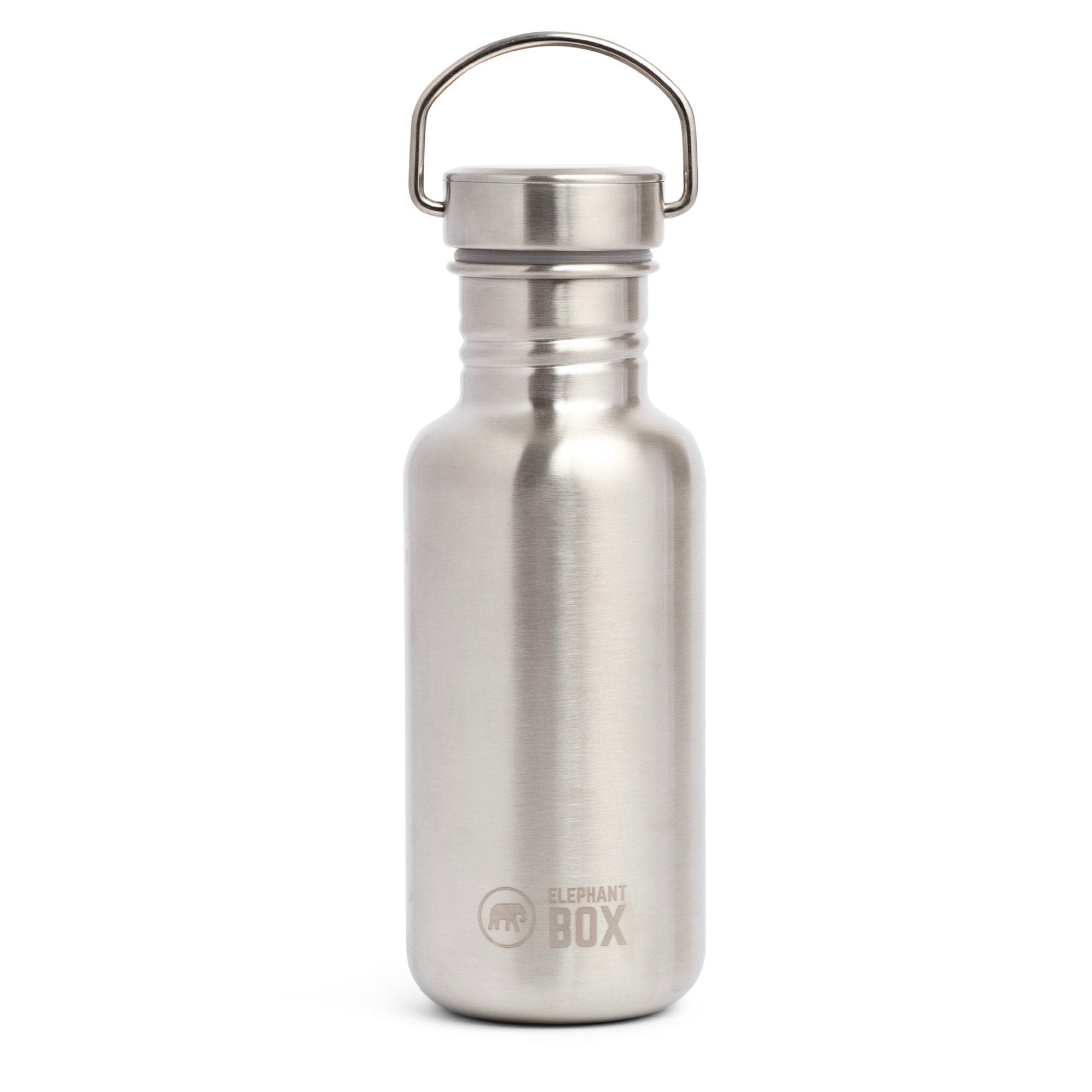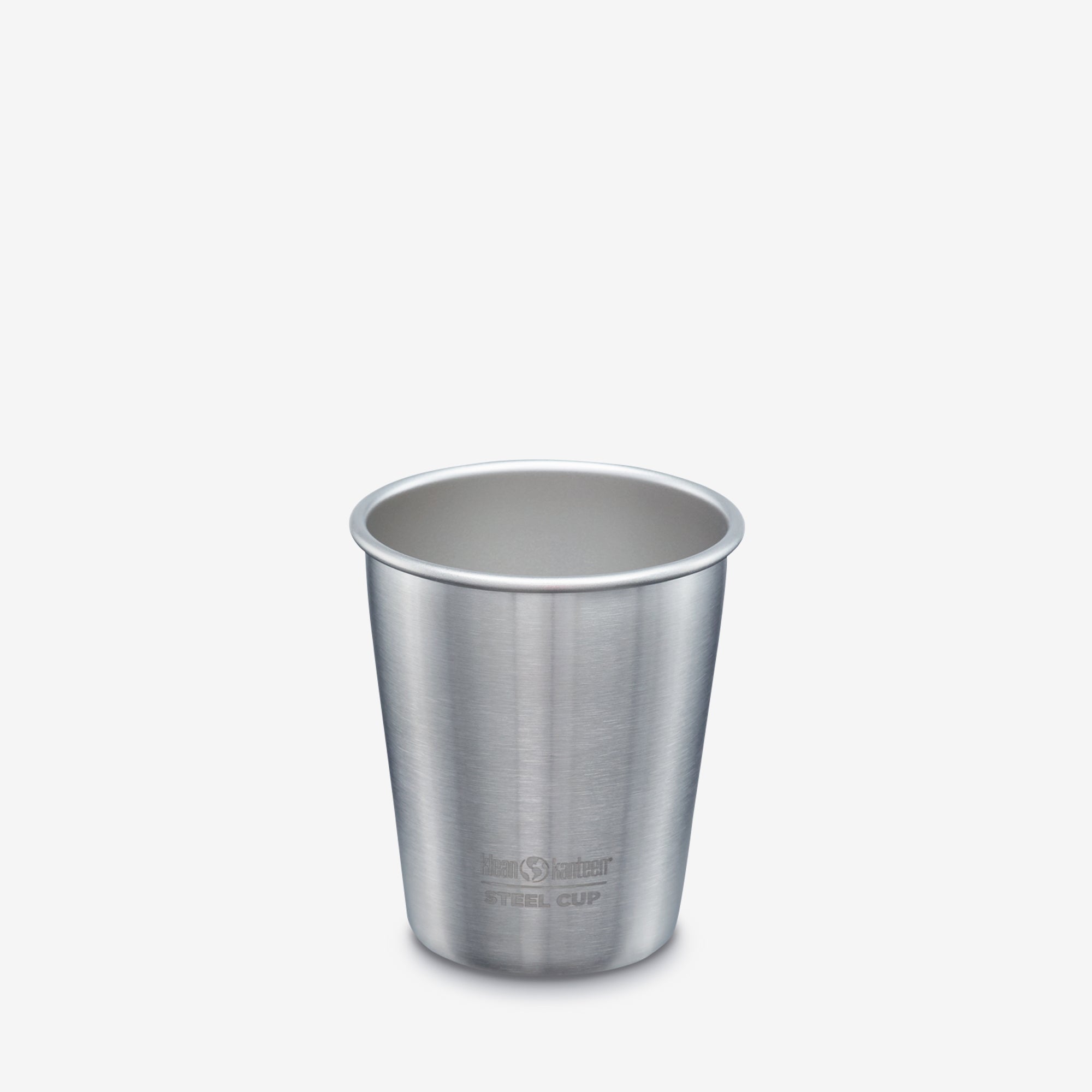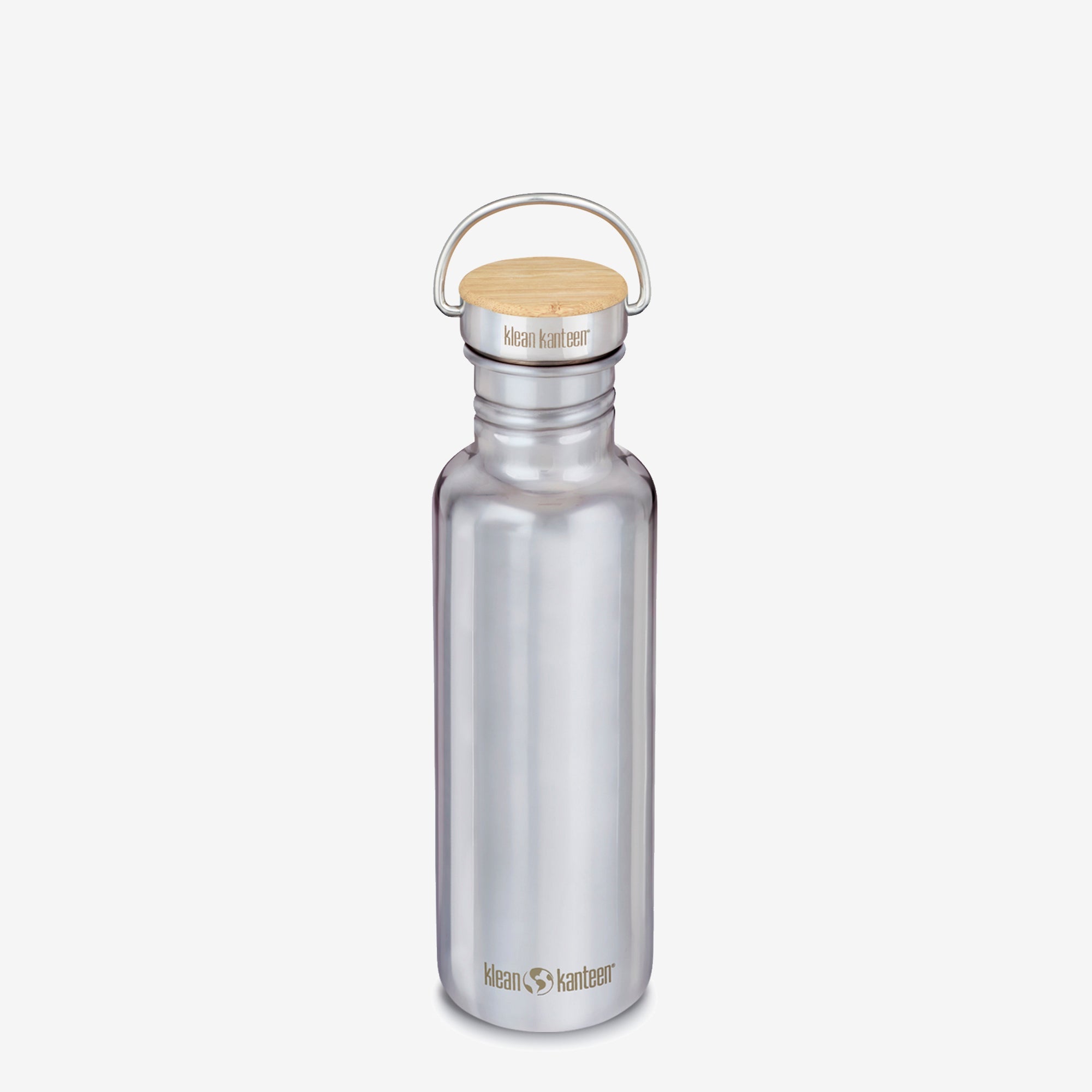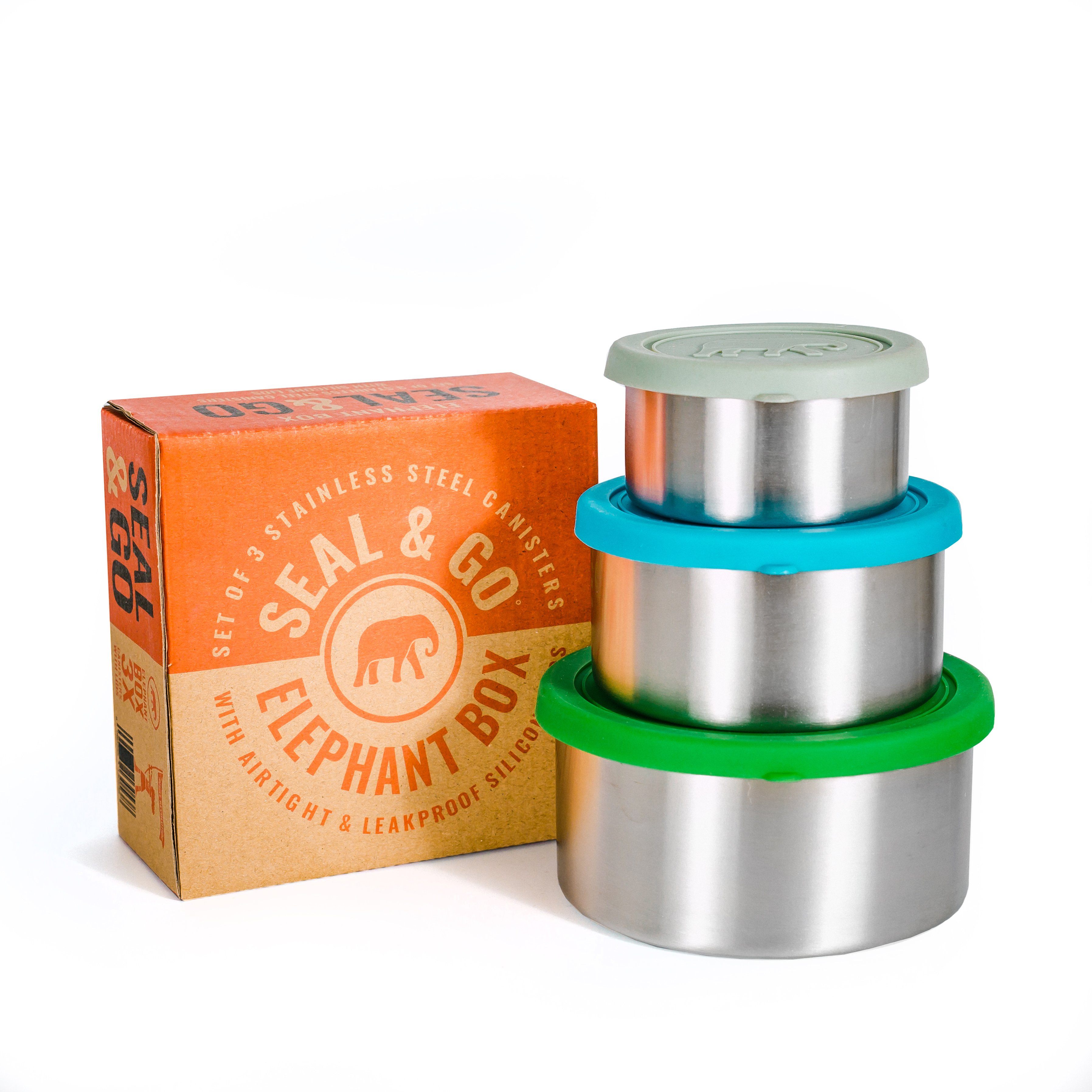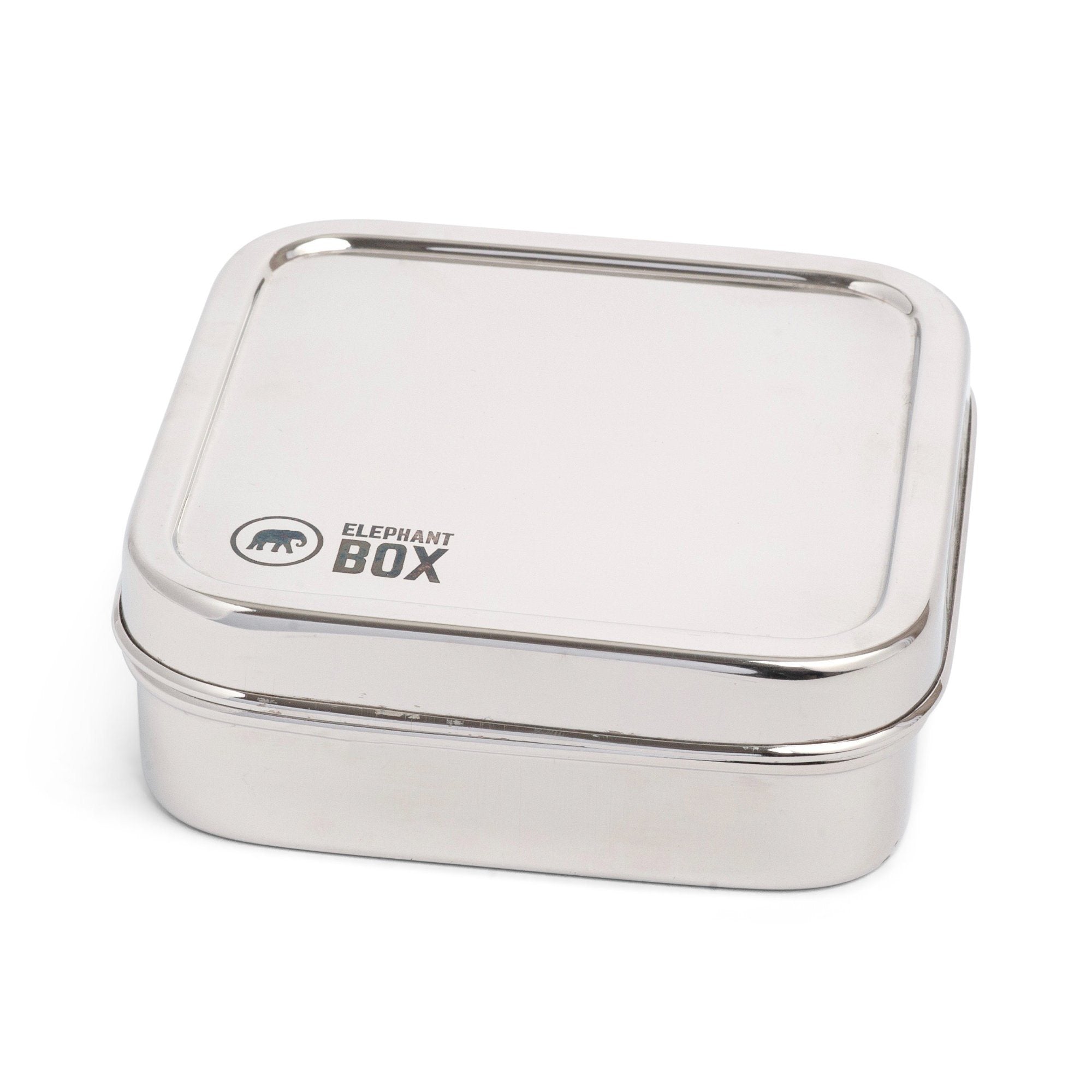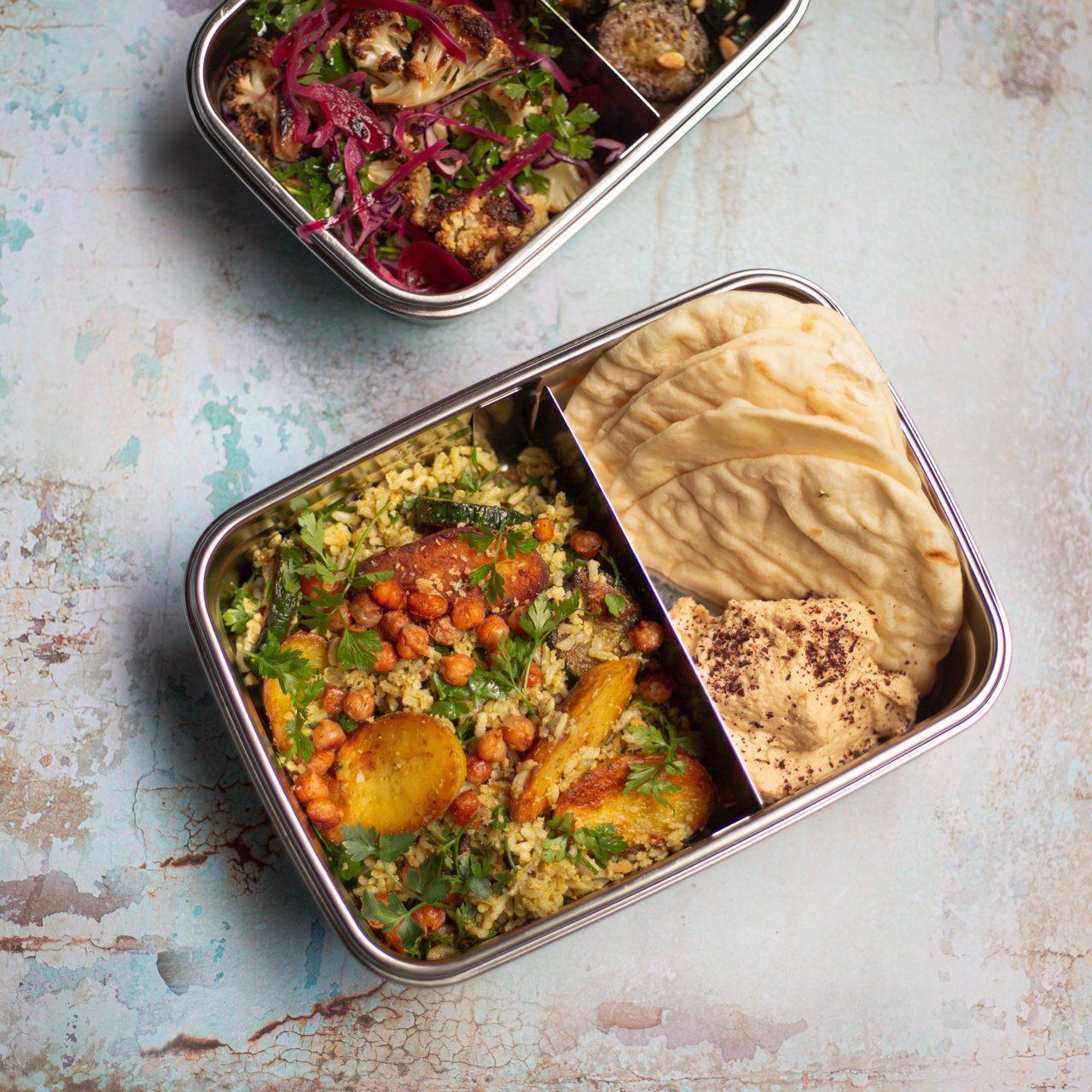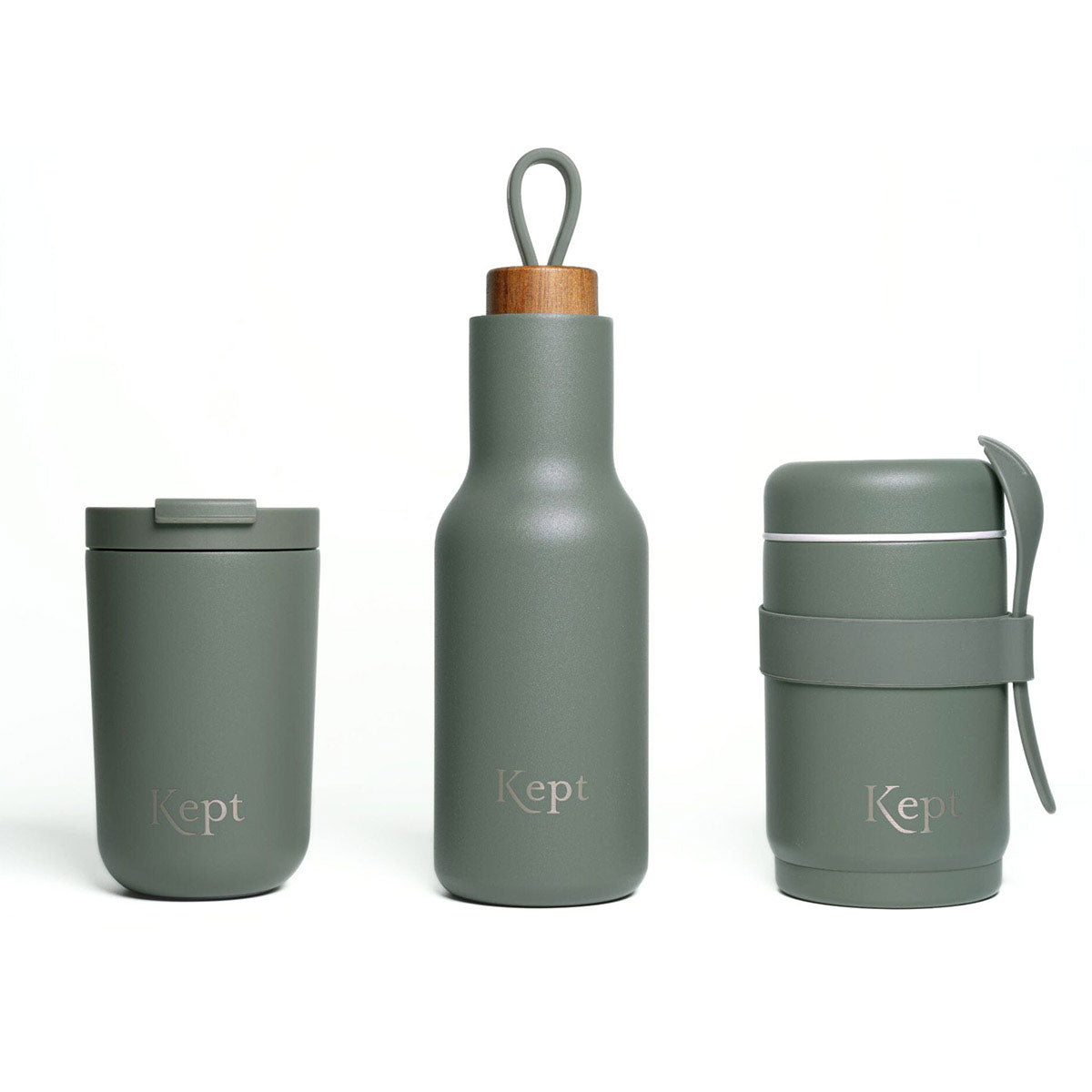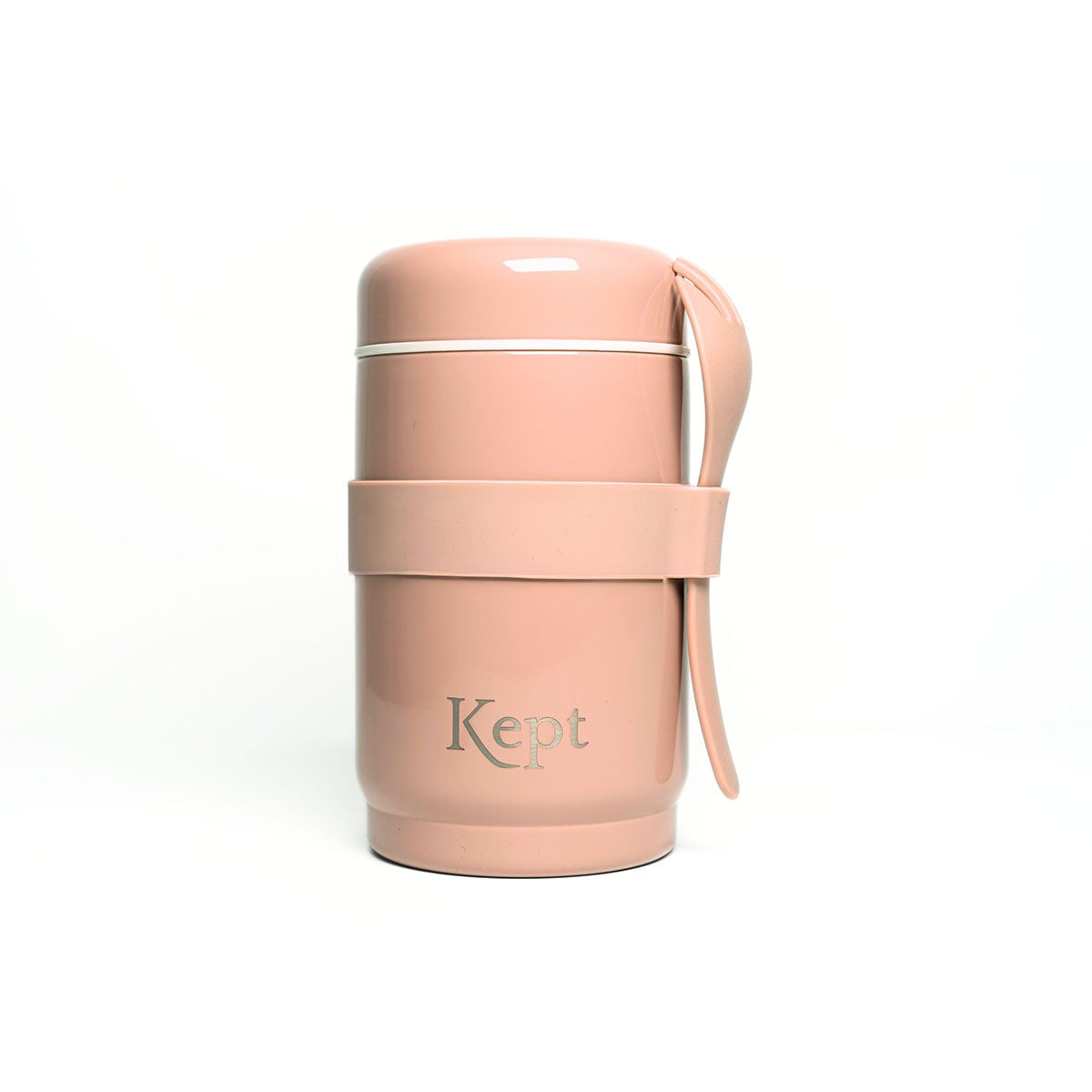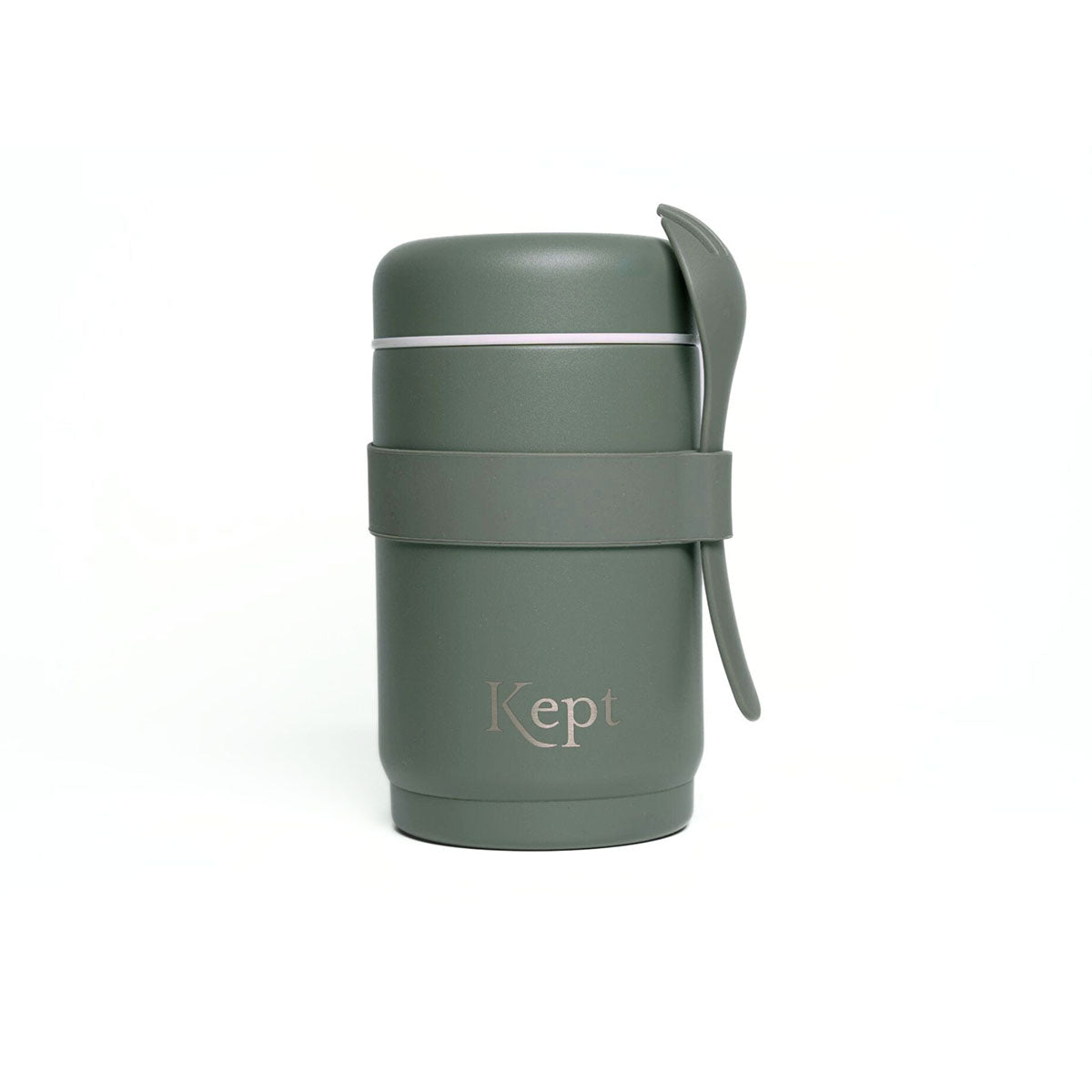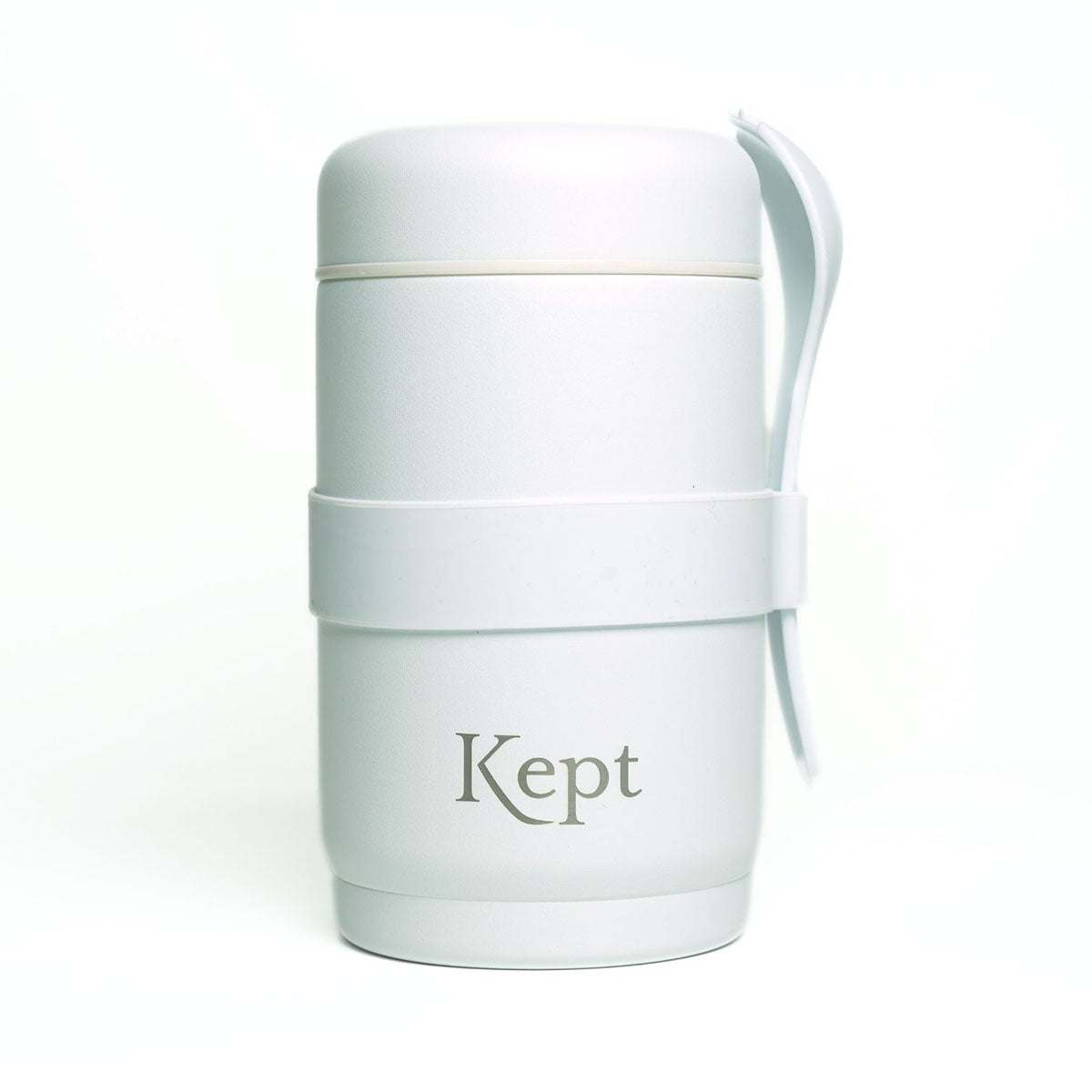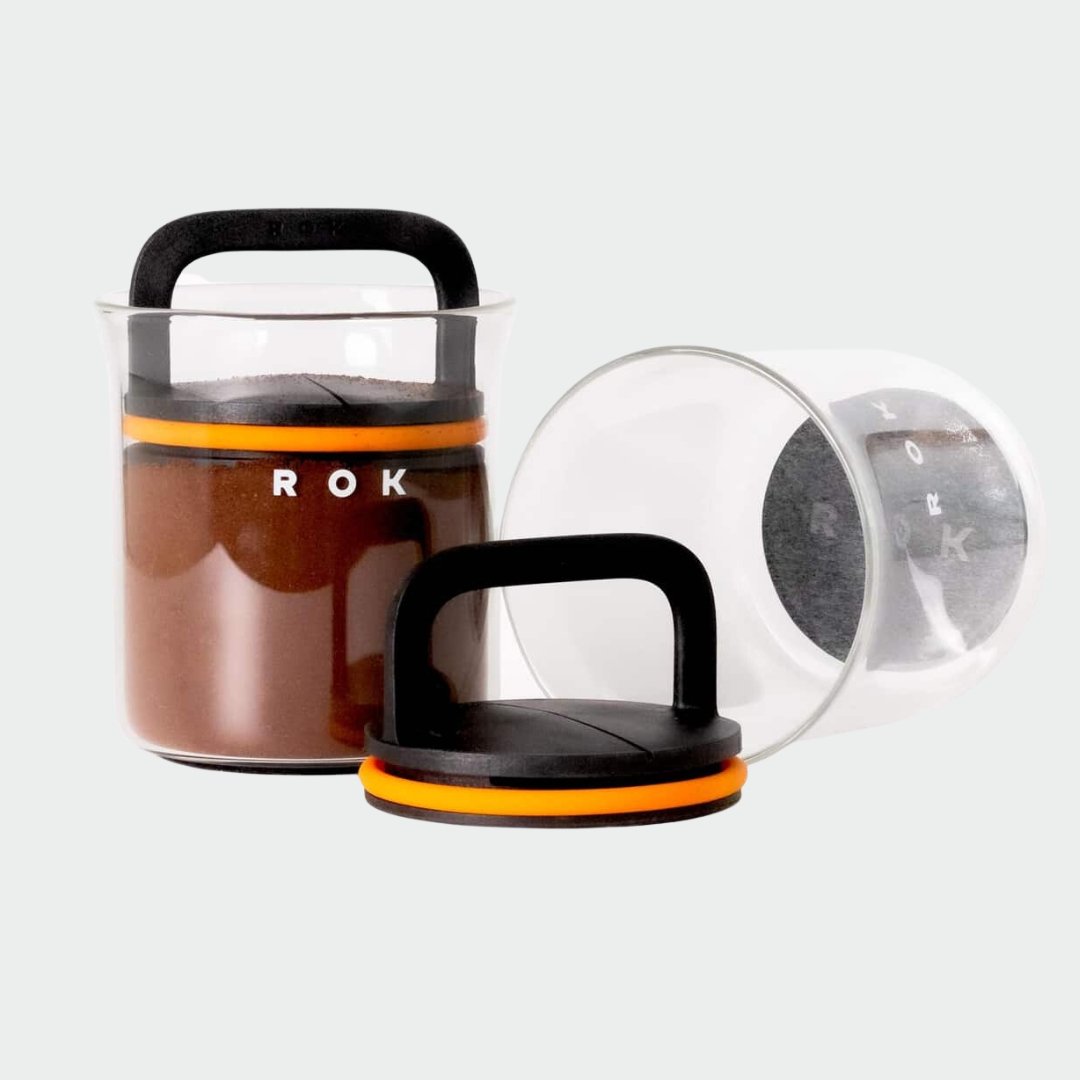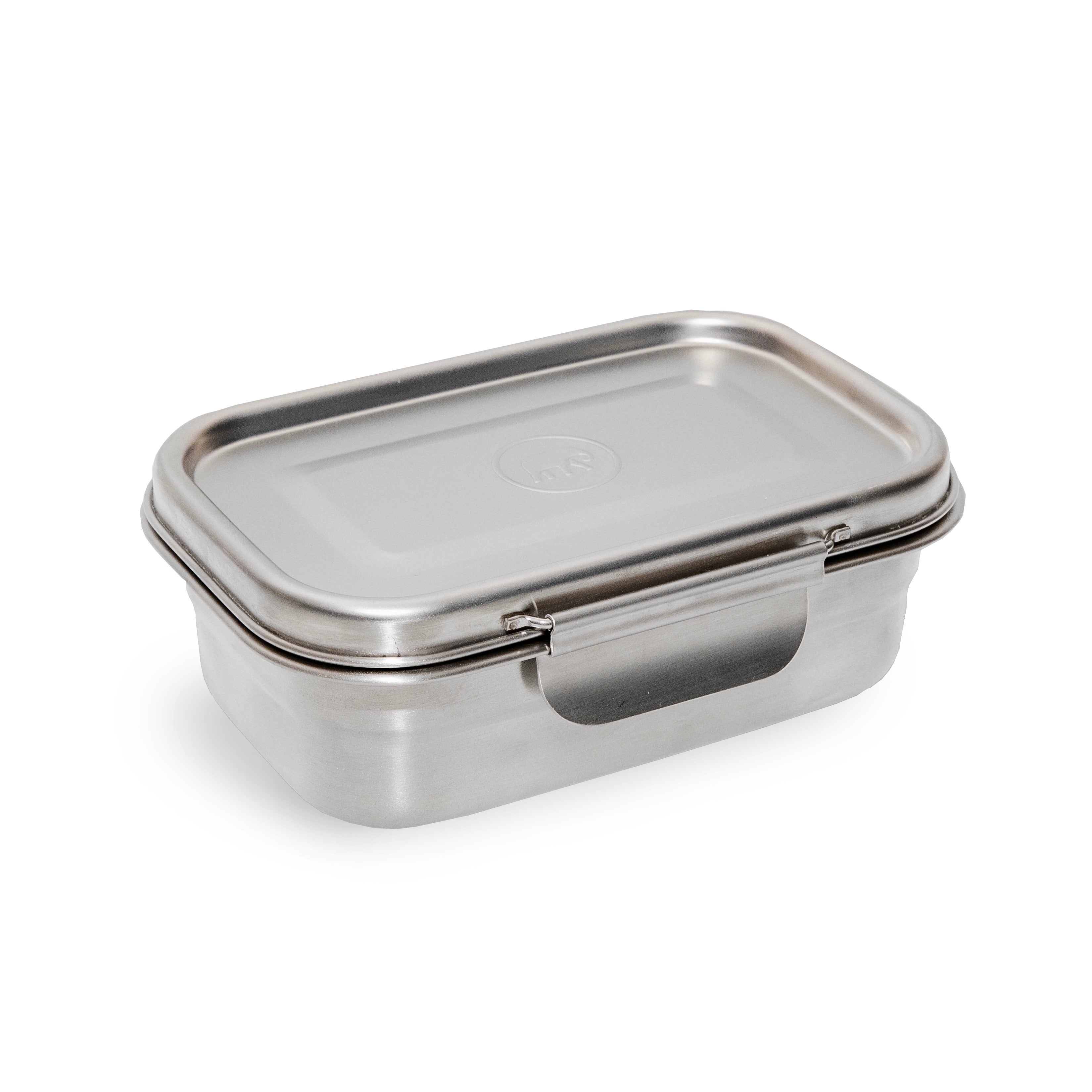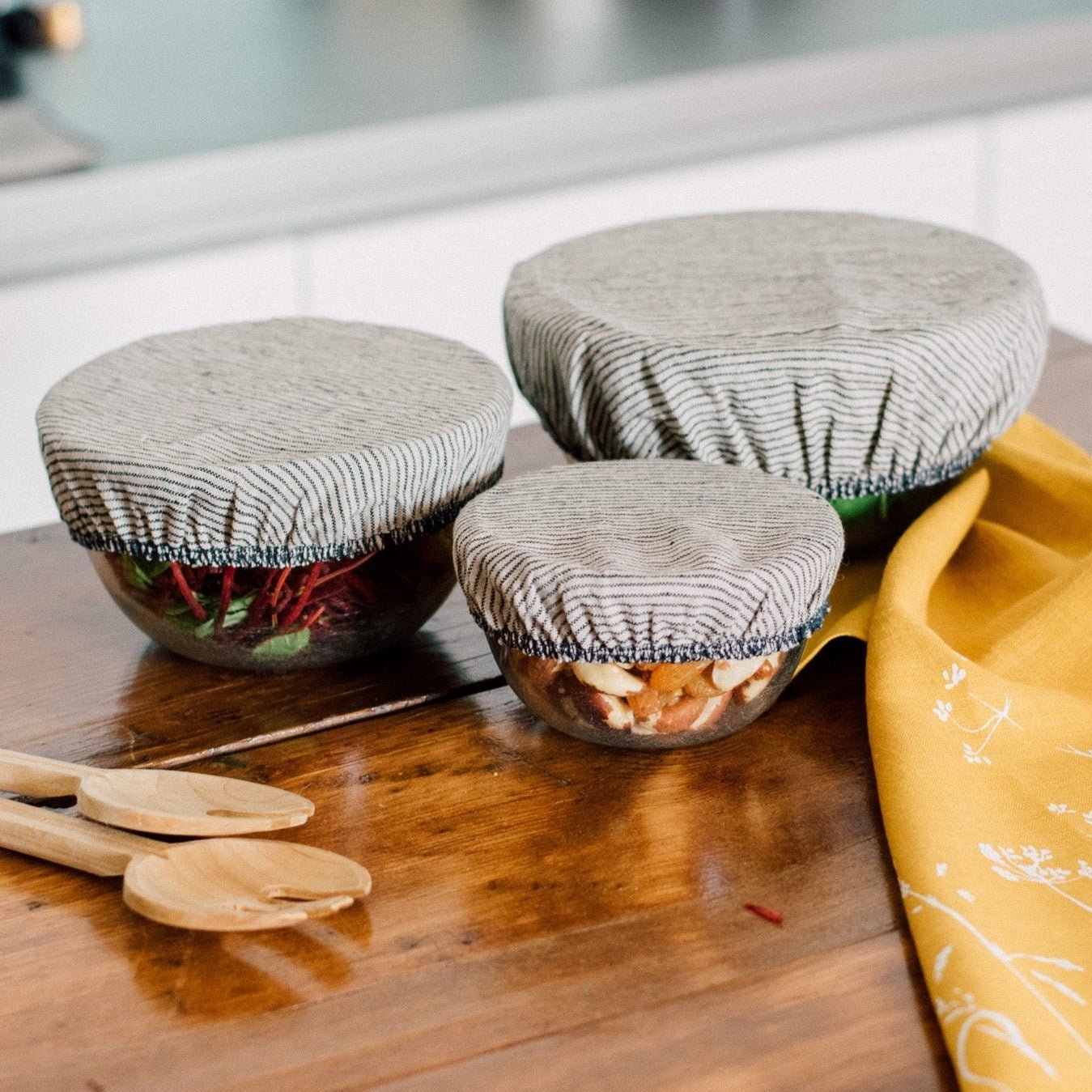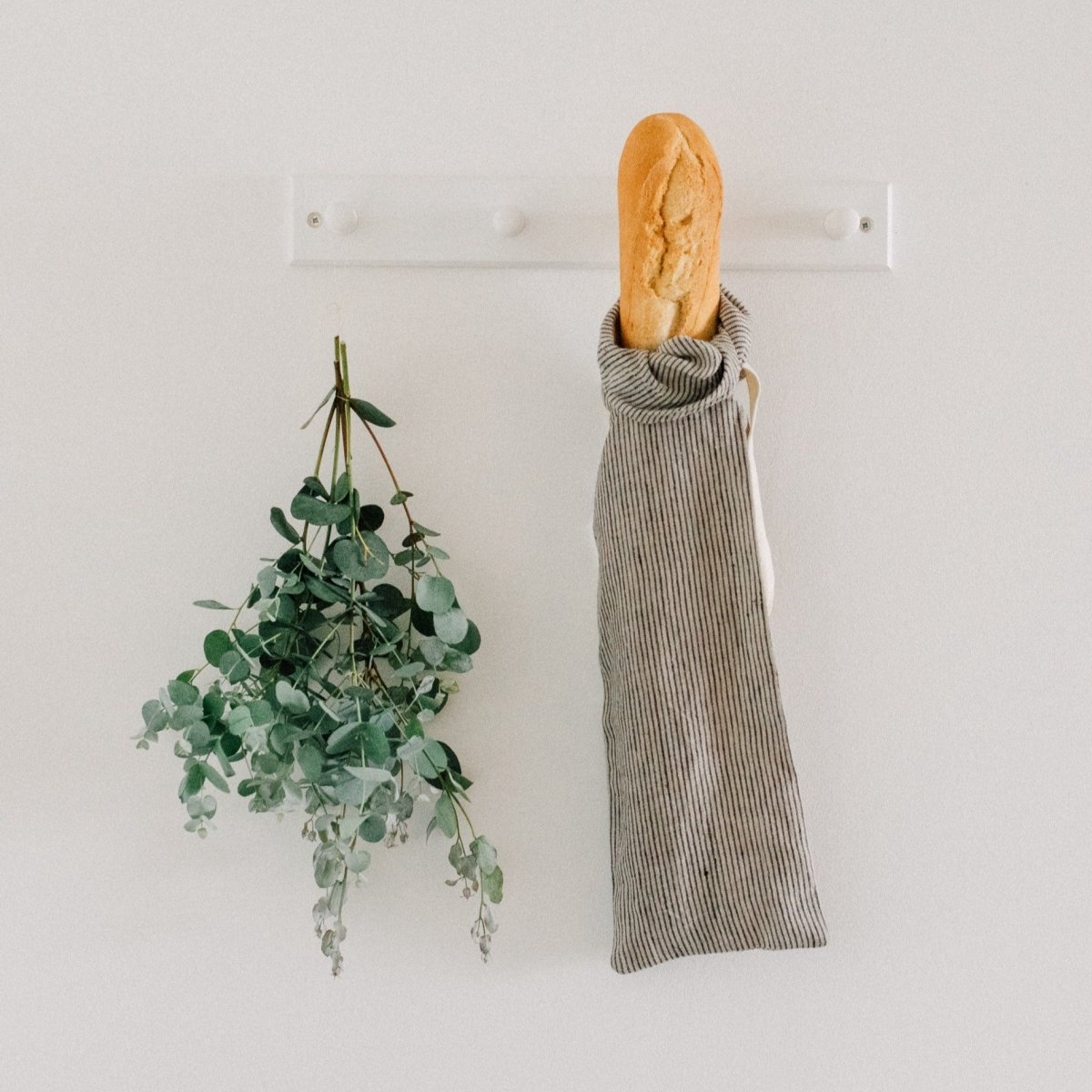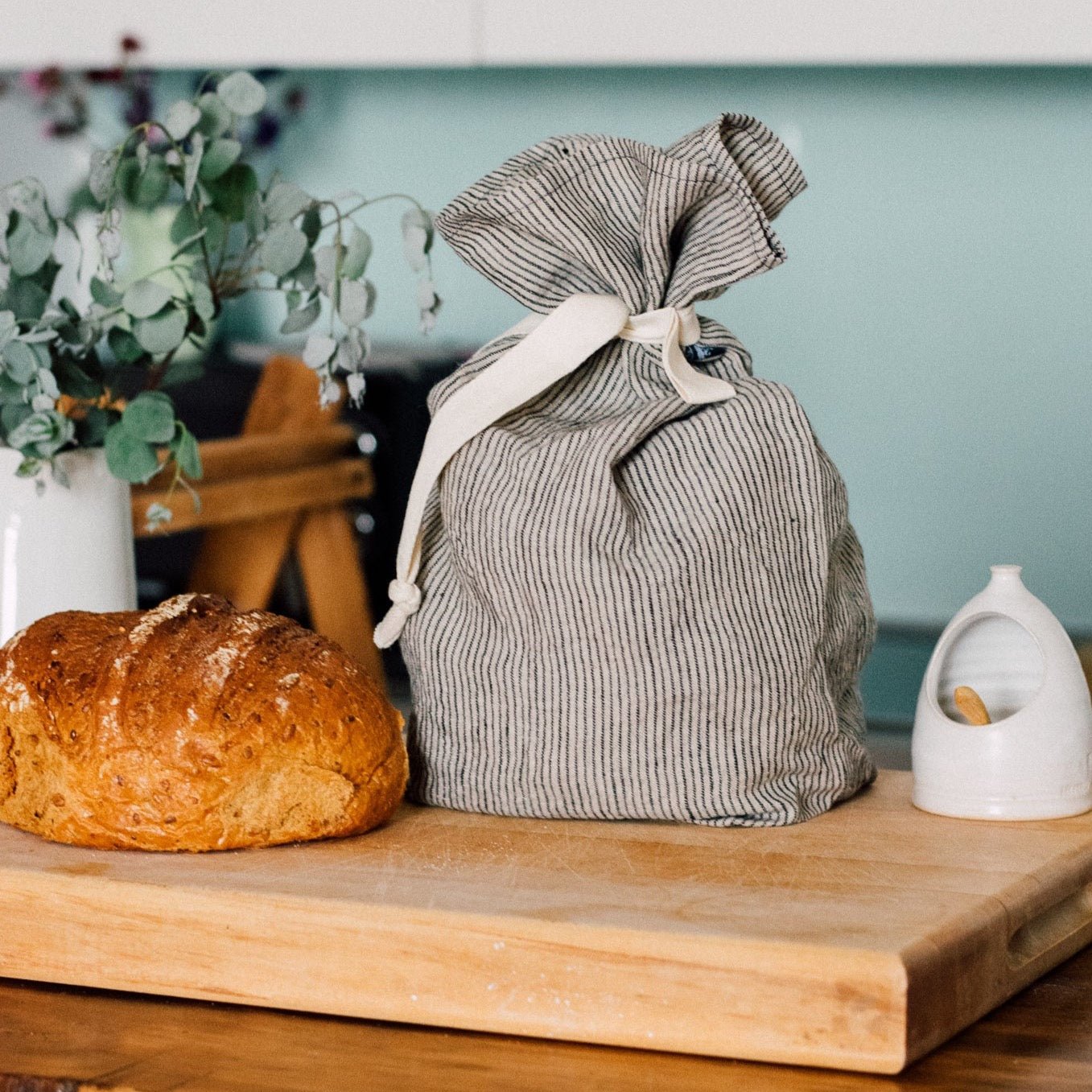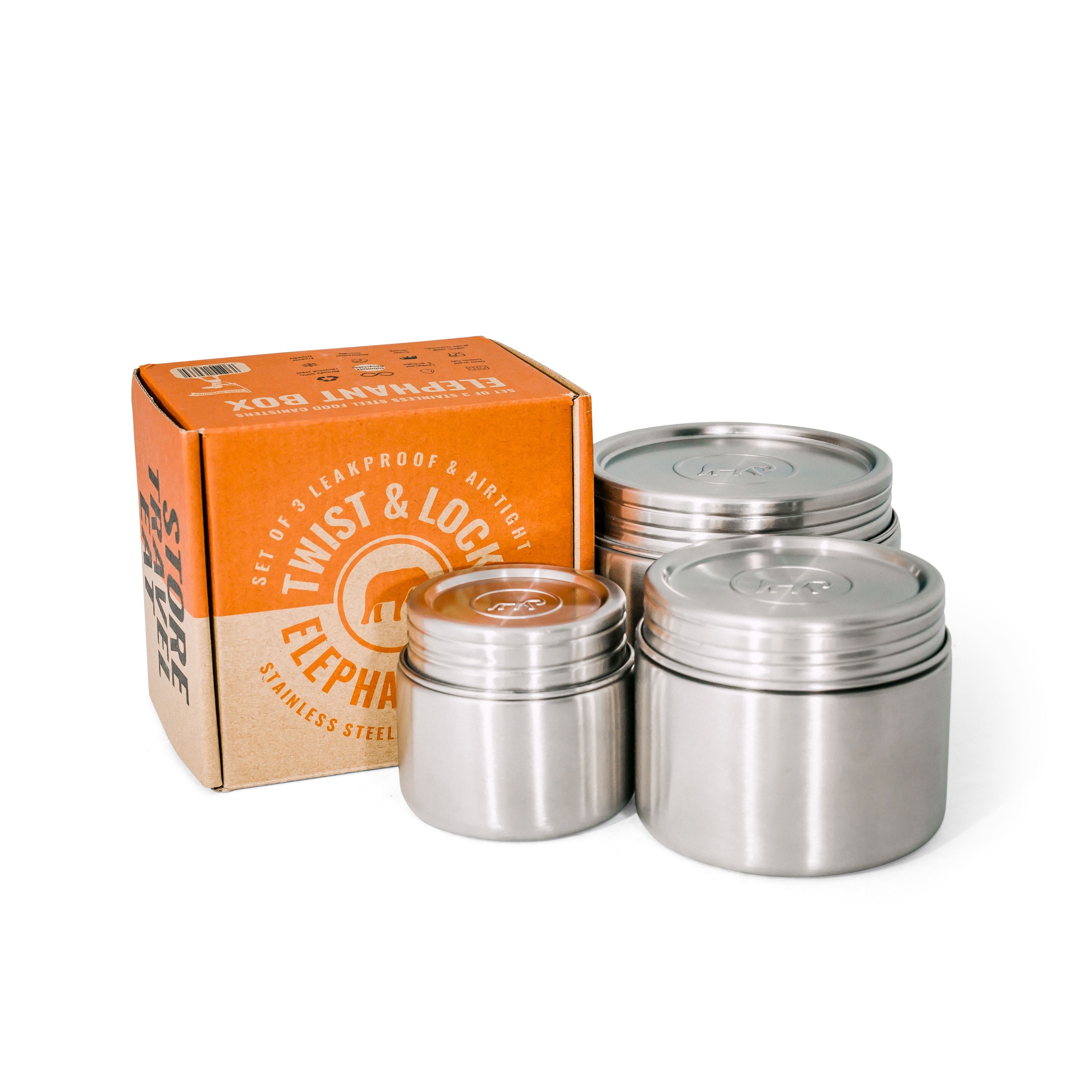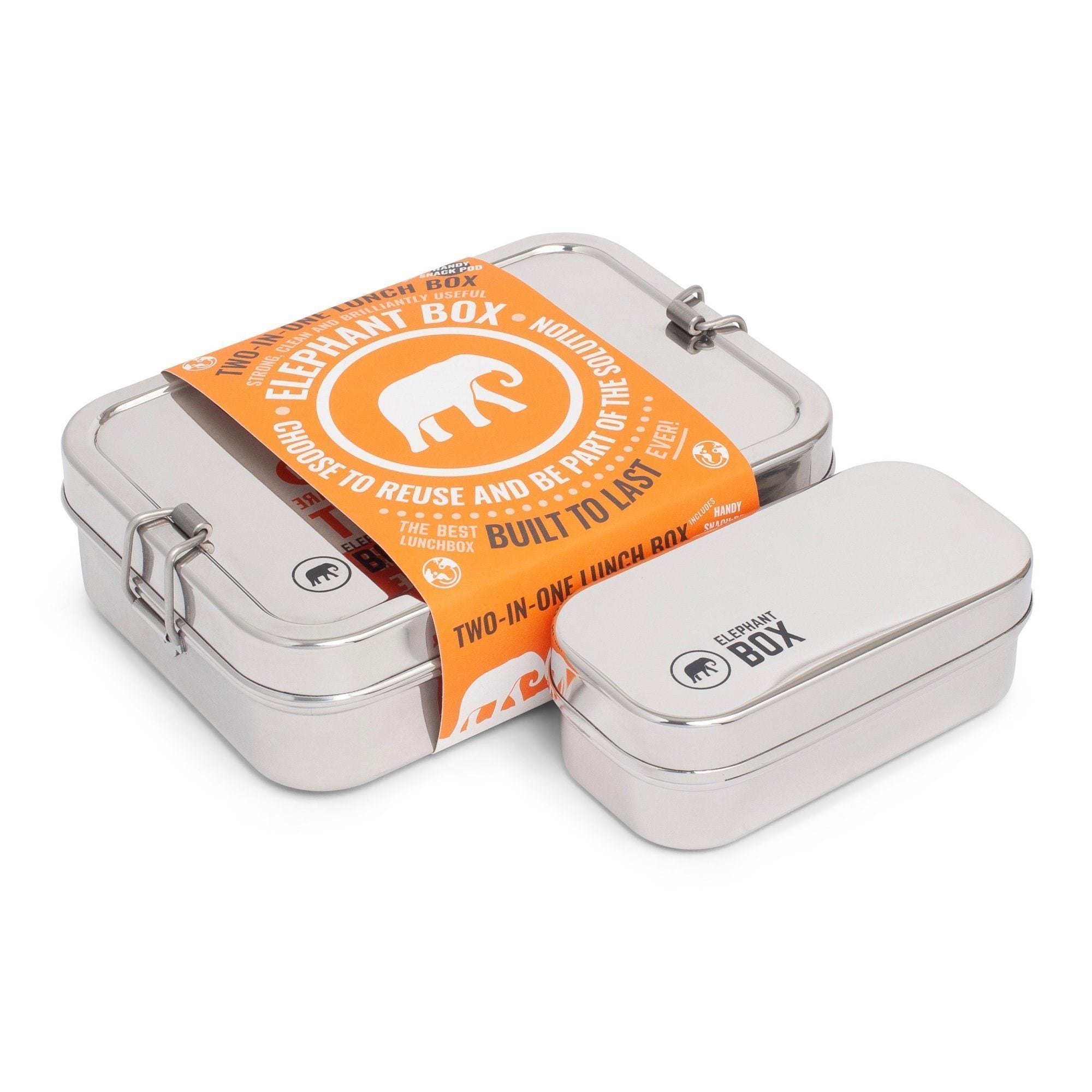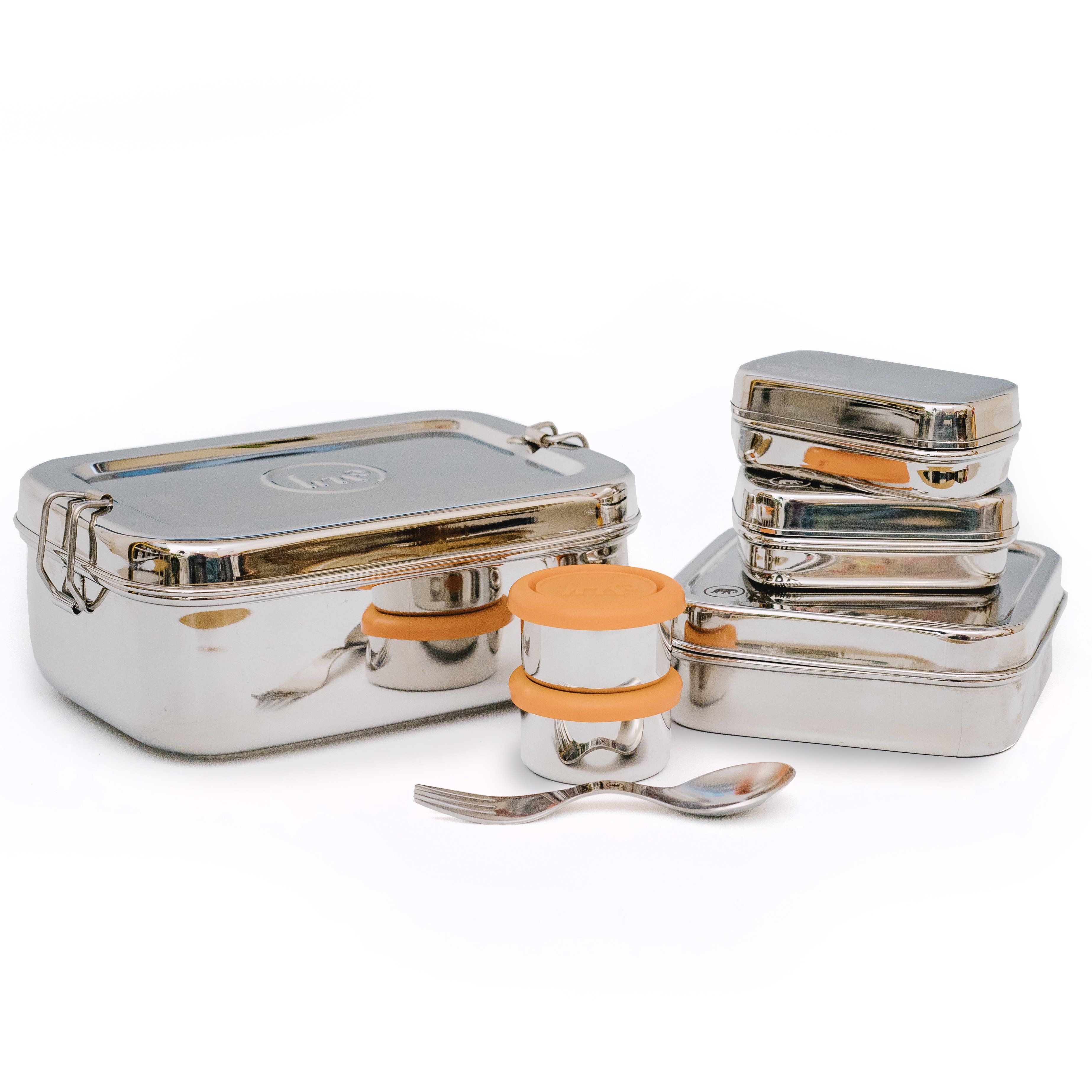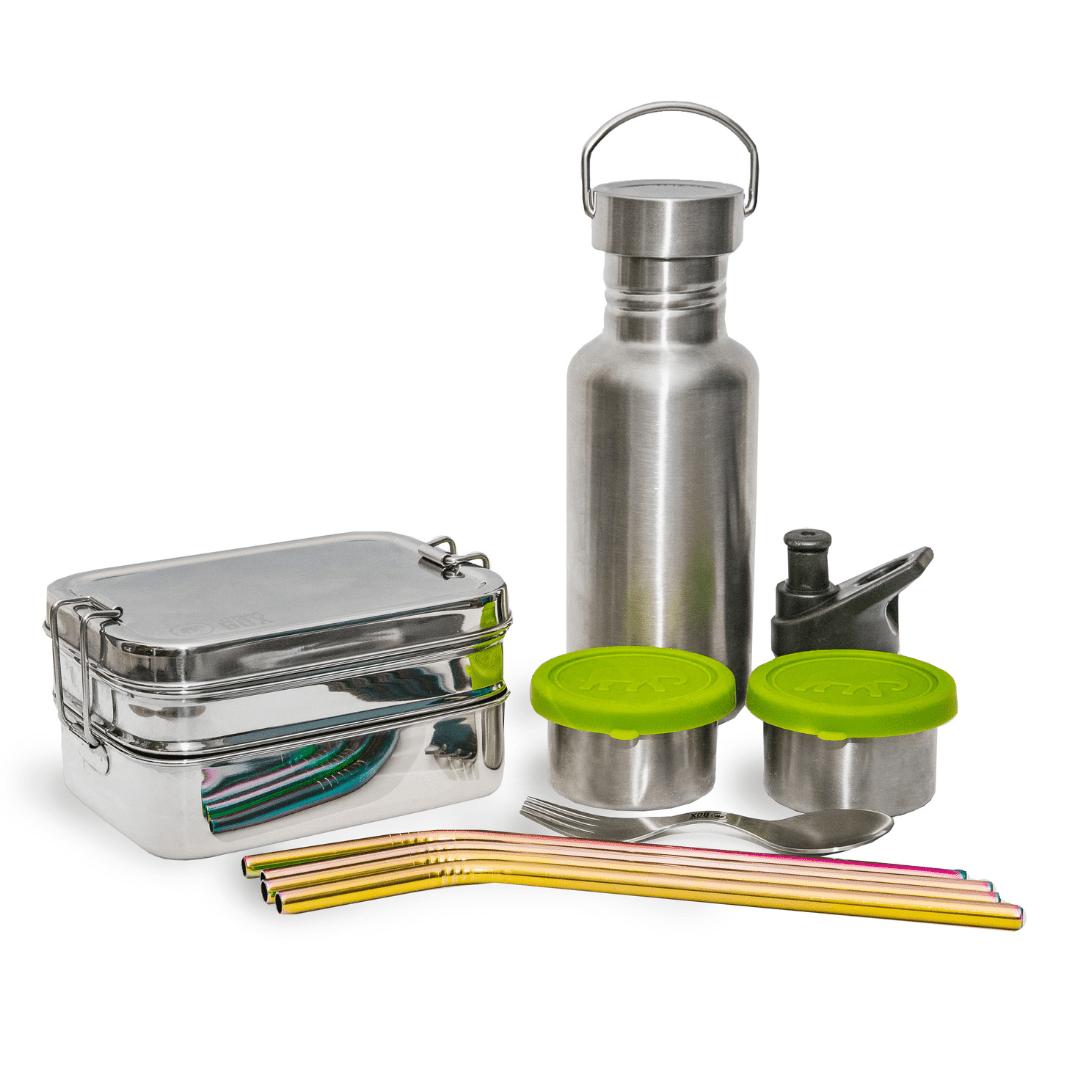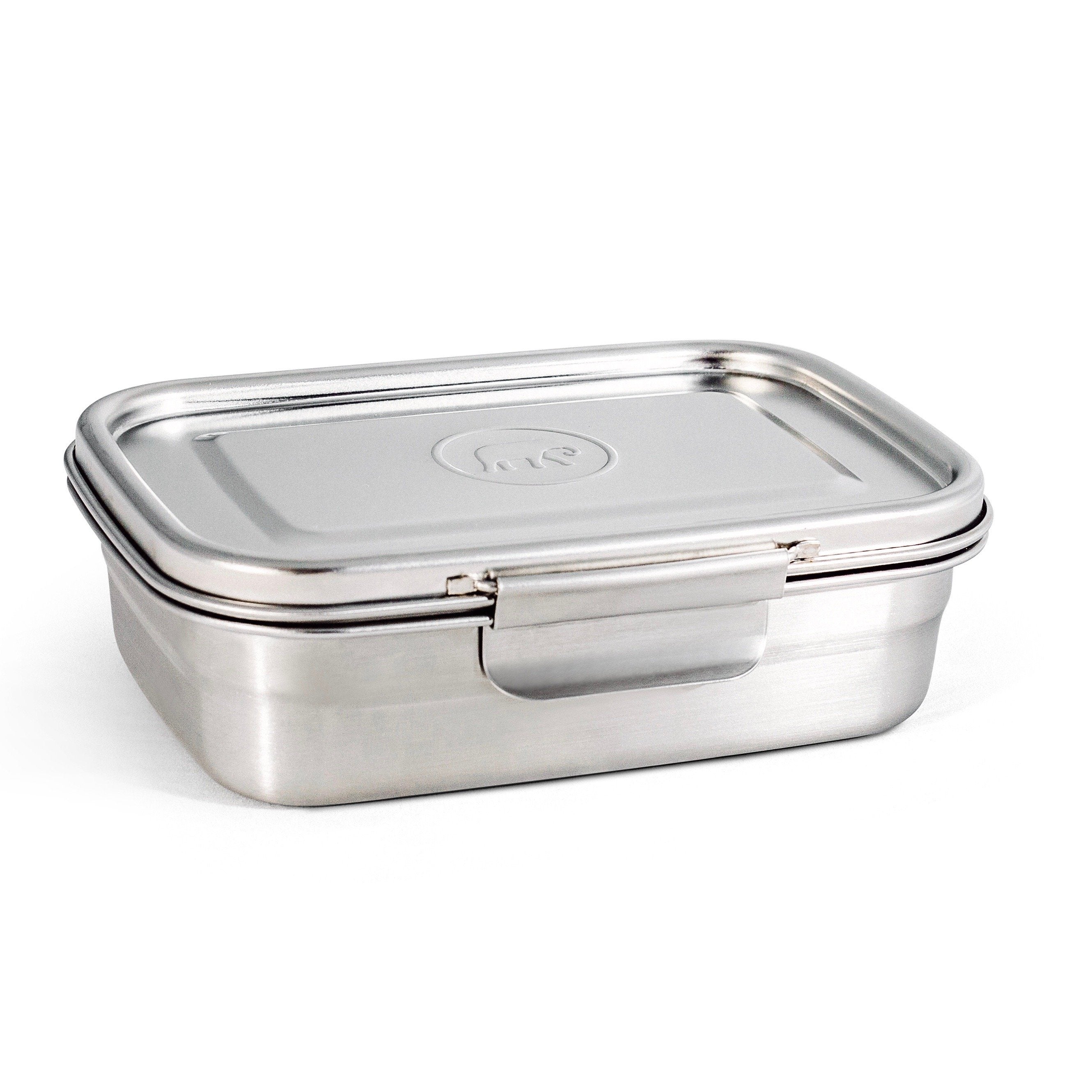Food Storage
Food storage that lasts, without the leaks or landfill. These reusable containers are made to be used again and again - no cracked lids or weak seals here. From solid lunch boxes to snug bowl covers, each one is built to keep food fresh and waste low. A dependable choice for anyone cutting down on single-use plastic.
Food Storage FAQs
Which food storage containers are truly buy-it-for-life?
The best buy-it-for-life food storage containers are made from borosilicate glass, stainless steel, or tough ceramics. These materials last beautifully, resist stains, and won't warp or crack in a hurry. Look for dishwasher-safe options with sturdy, low-plastic lids and lifetime guarantees. Glass ones can even handle oven duty, which is a handy bonus. Stainless steel? Nearly indestructible. And if parts like lids or seals are replaceable, even better. For tried-and-tested options, browse our high-quality, durable food storage range.
How should I clean and maintain food storage containers?
To clean food storage containers properly, start with warm soapy water or pop them in the dishwasher - if they're marked safe, of course. Hand-washing lids helps preserve their airtight seals, especially for plastic or rubber parts. Avoid abrasive scrubbers on glass or steel, as they can scratch. Dry them completely before stacking to fend off any musty smells. Still wondering how to keep your kit tip-top? Our care and repair advice has you covered.
What materials are safest for long-term food storage?
The safest materials for long-term food storage are borosilicate glass, stainless steel, and food-grade ceramics. These don't leach chemicals, even after years of use, and they're free from nasties like BPA. Glass works well in the fridge or freezer and lets you see what’s inside. Stainless steel holds its own against knocks and temperature swings. Just steer clear of low-grade plastics for oily or acidic foods - they can absorb smells and break down over time.
How can I organise food storage containers in my kitchen?
To organise food storage containers without losing lids every five minutes, try nesting similar sizes and storing lids separately - an old toast rack works wonders. Clear or labelled jars make it easy to see what’s what. Stackable, same-shape containers save space in drawers or cupboards. Matching airtight jars are a tidy way to store pantry basics and keep food fresh. And keep your most-used bits - like your leakproof lunchbox - within easy reach when life gets a bit hectic.
Are plastic food containers safe to use over time?
Plastic food containers can be safe in the short term, but over time they might not hold up - especially with heavy dishwasher or microwave use. Even BPA-free plastic can scratch and release chemicals if it gets too hot or worn. If you’re leaning toward long-term use, stainless steel or glass handles heat better, doesn’t stain or smell, and won’t weaken over time. When it comes to real kitchen staying power, plastic rarely takes the biscuit.
What are the best types of containers for pantry staples?
The best containers for pantry staples are airtight, robust, and a doddle to stack - think glass jars, sturdy tins, or BPA-free plastic with tight lids. Glass wins points for being non-reactive and letting you see what's running low. Metal tins work well for things like loose tea or spices, where keeping light out matters. Choosing uniform sizes helps corral the chaos, and a set with wide openings makes scooping flour or rice much less of a faff.
Can food storage containers be recycled or reused sustainably?
Yes, food storage containers can be recycled or reused sustainably - though exactly how depends on the material. Glass and metal are widely recycled and can last for decades if looked after. Plastic’s trickier: some types can be reused or repurposed, but local recycling rules vary. The most planet-friendly option? Choose containers that last, with replaceable lids or seals to extend their life. It's not glamorous, but repair beats replace every time.

